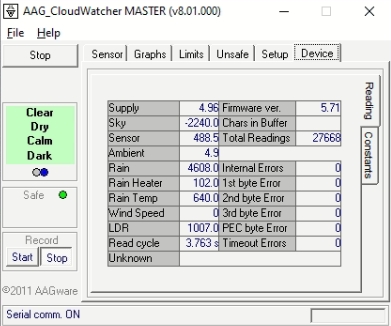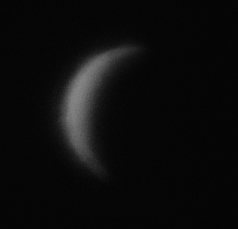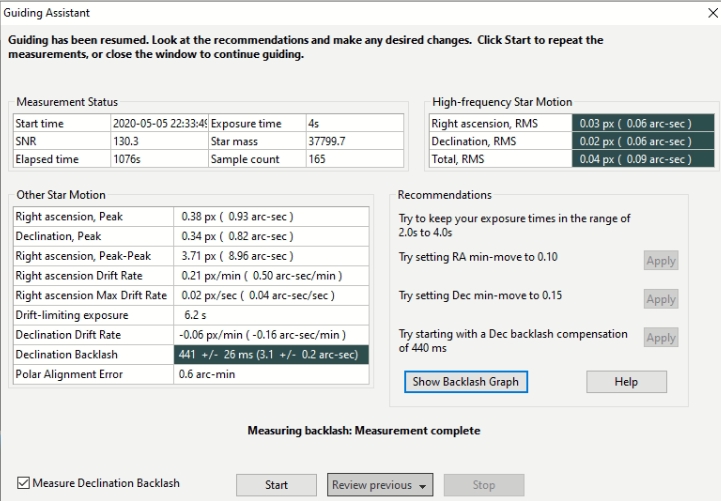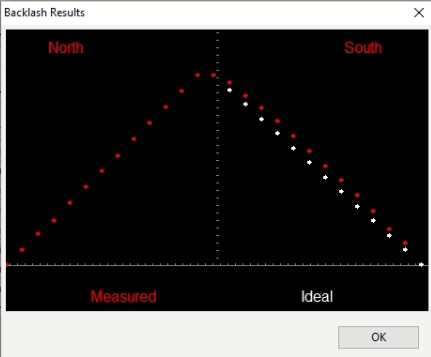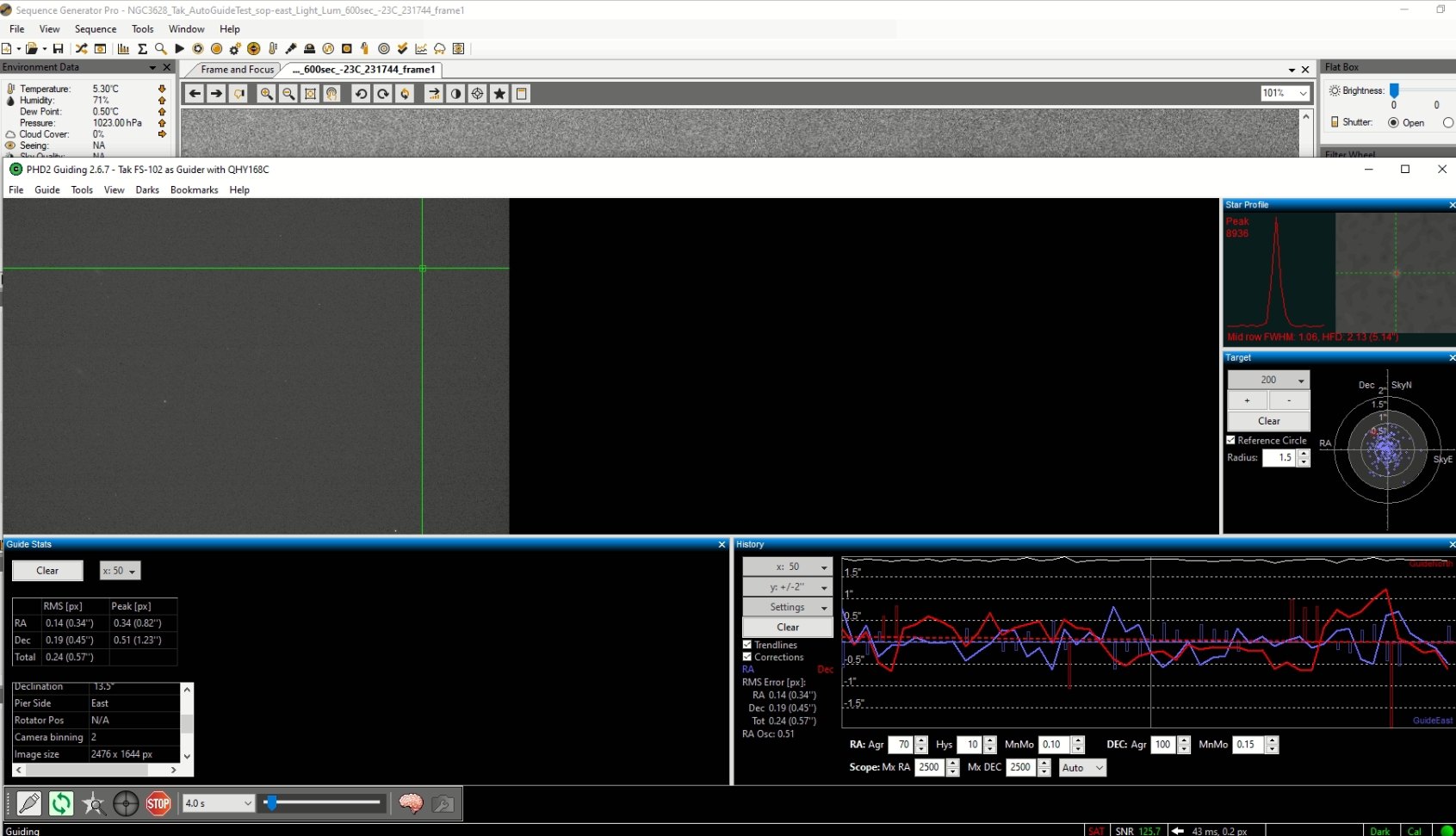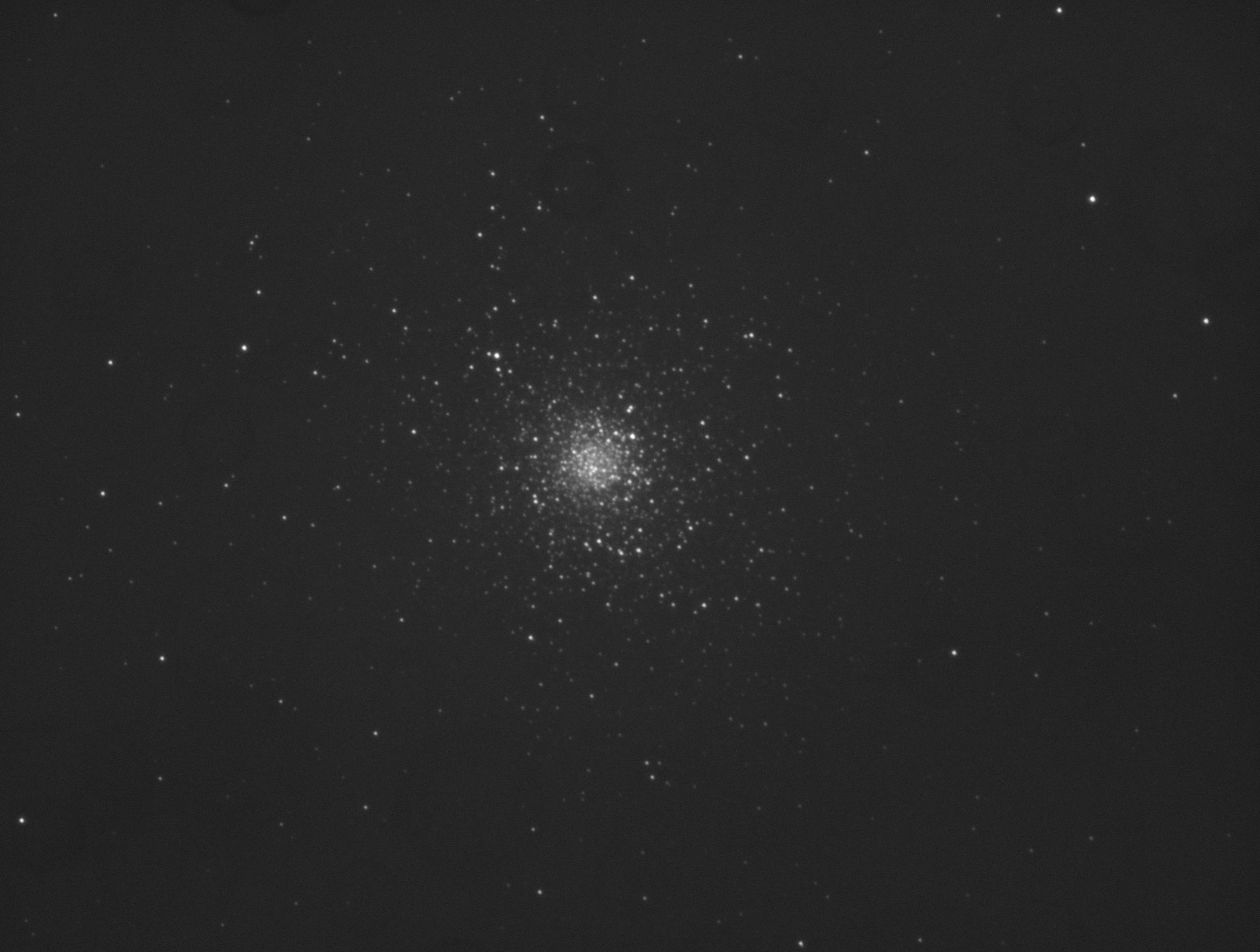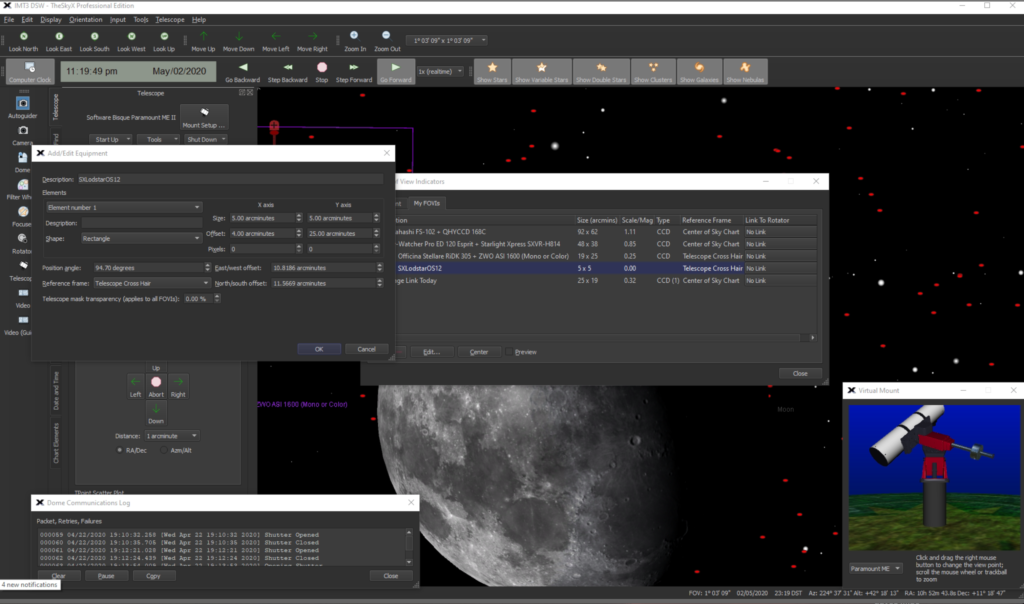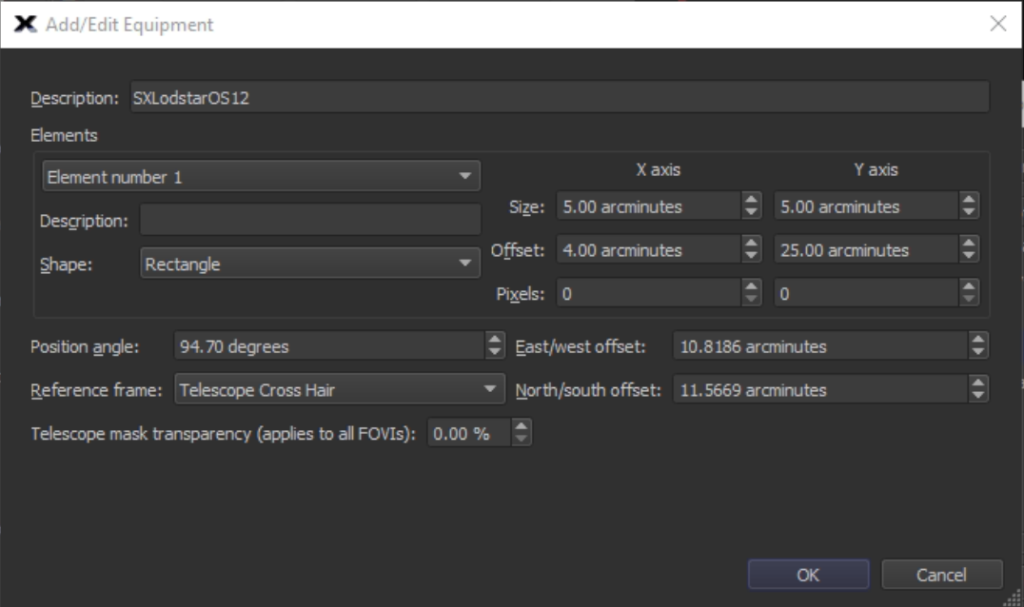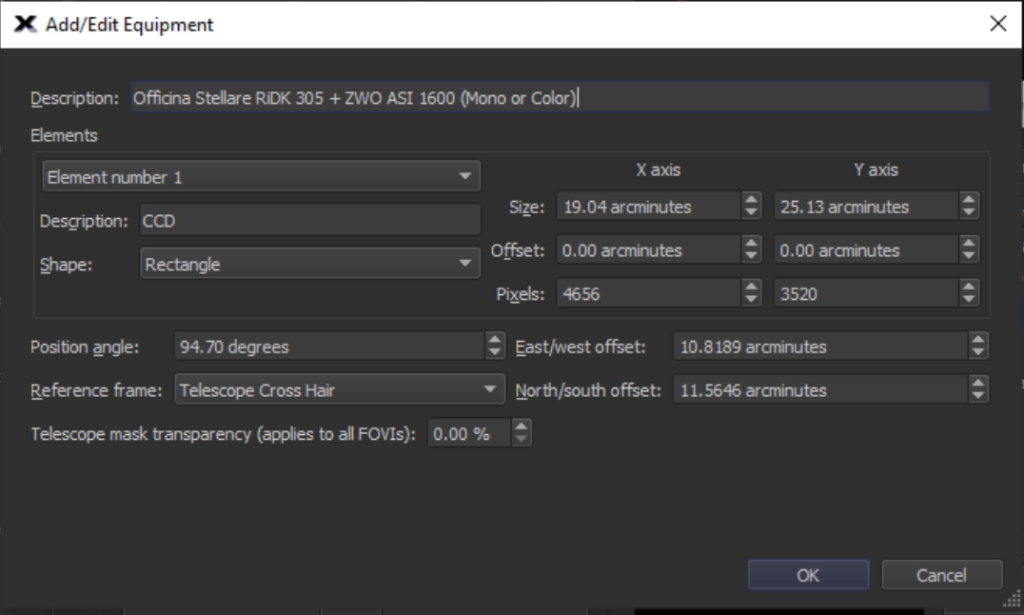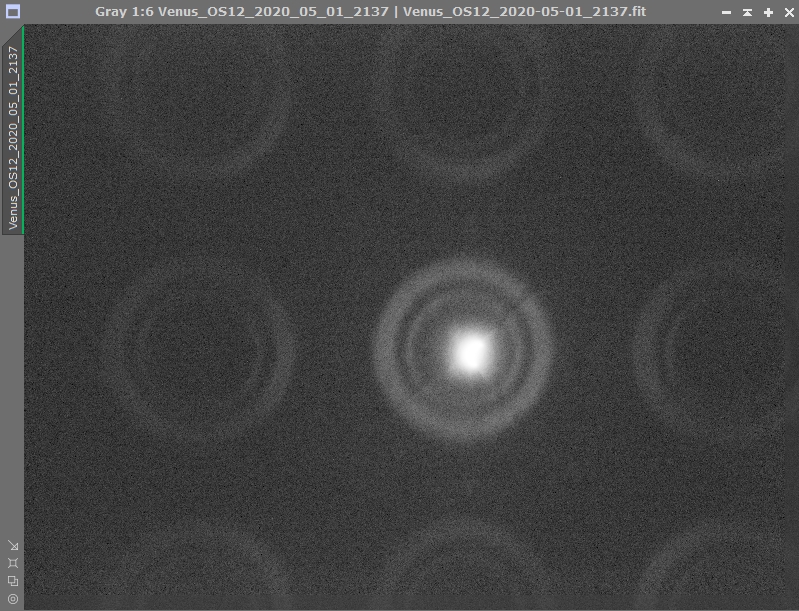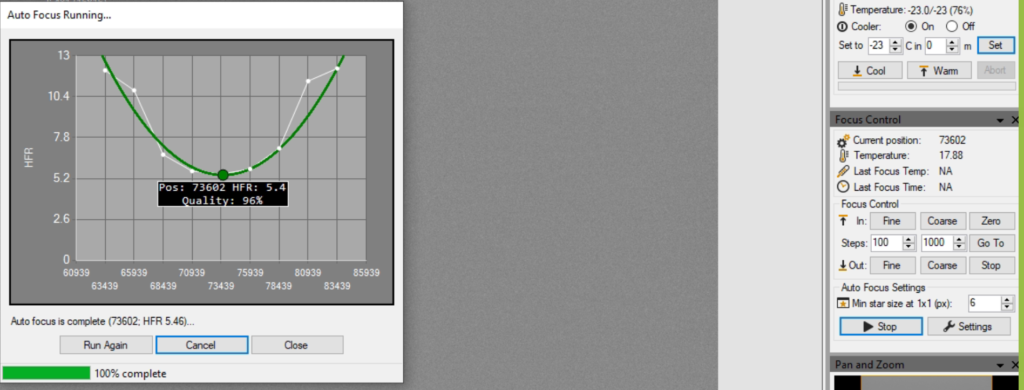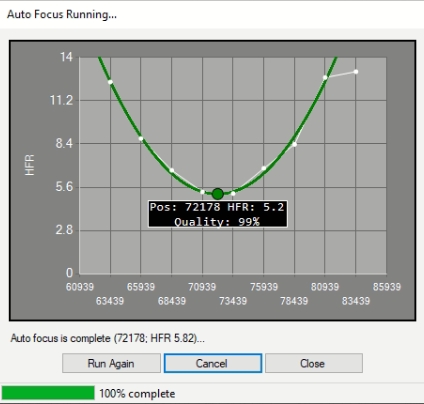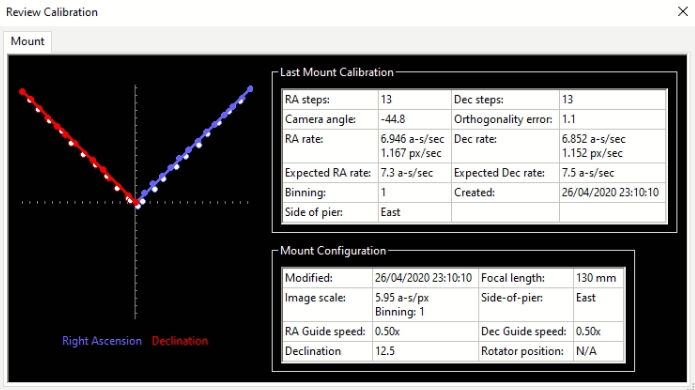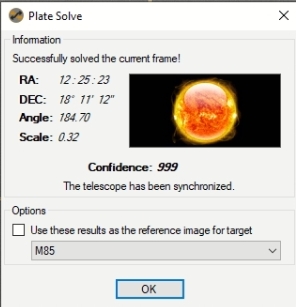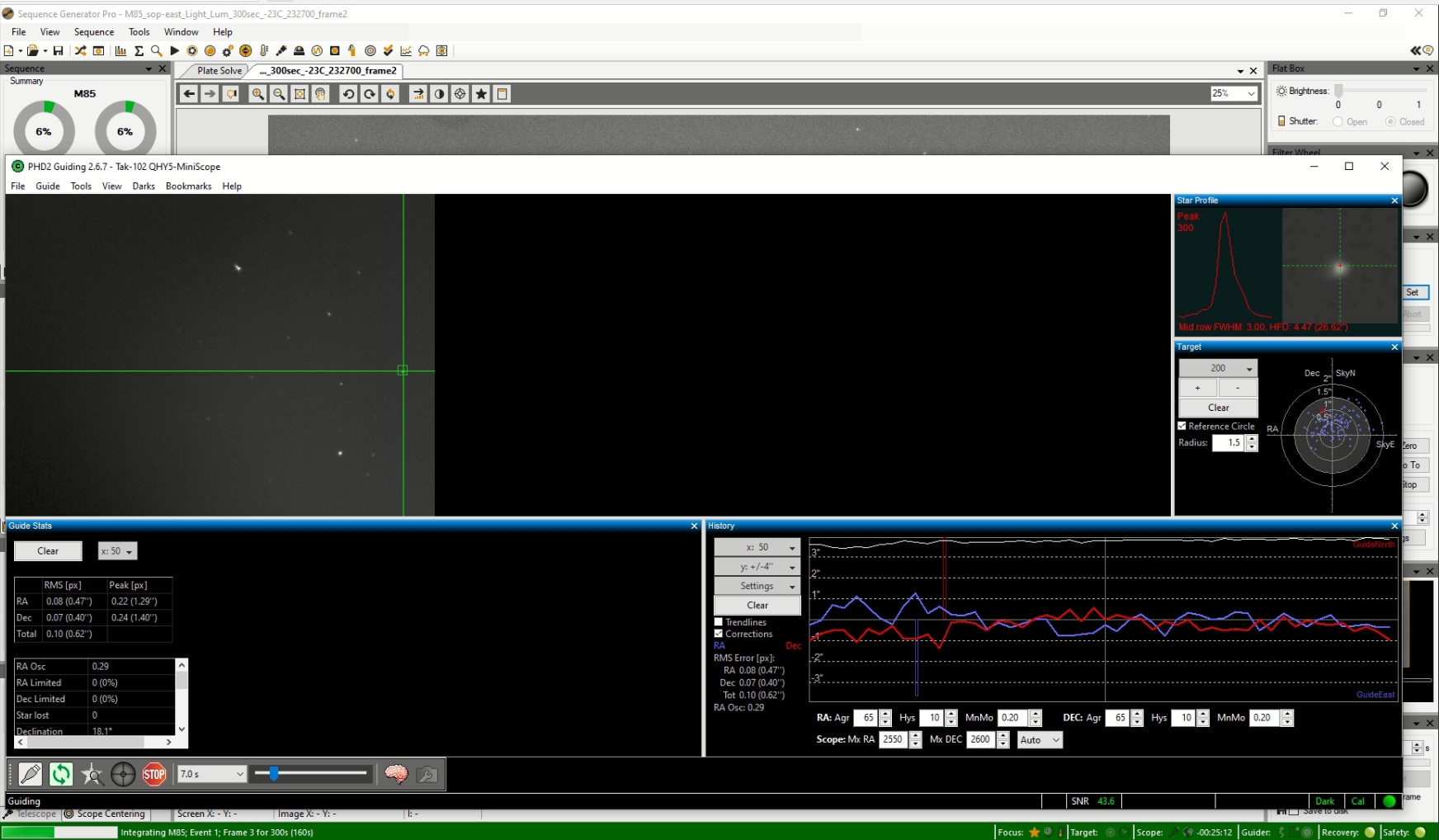19:00 – 05:00

So back off to Combe Gibbet again tonight for hopefully a full night until dawn and with a coat. I met with my friend Alan for once again some social distancing astronomy. Again Alan had a much better 4×4 car to get up to the gibbet than my little electric Nissan Leaf, however once again I managed to make it there.

After setting up, it quickly became apparent that I forgot the guide camera as it was still attached to the Mak180 that I thought I would leave at home tonight ?
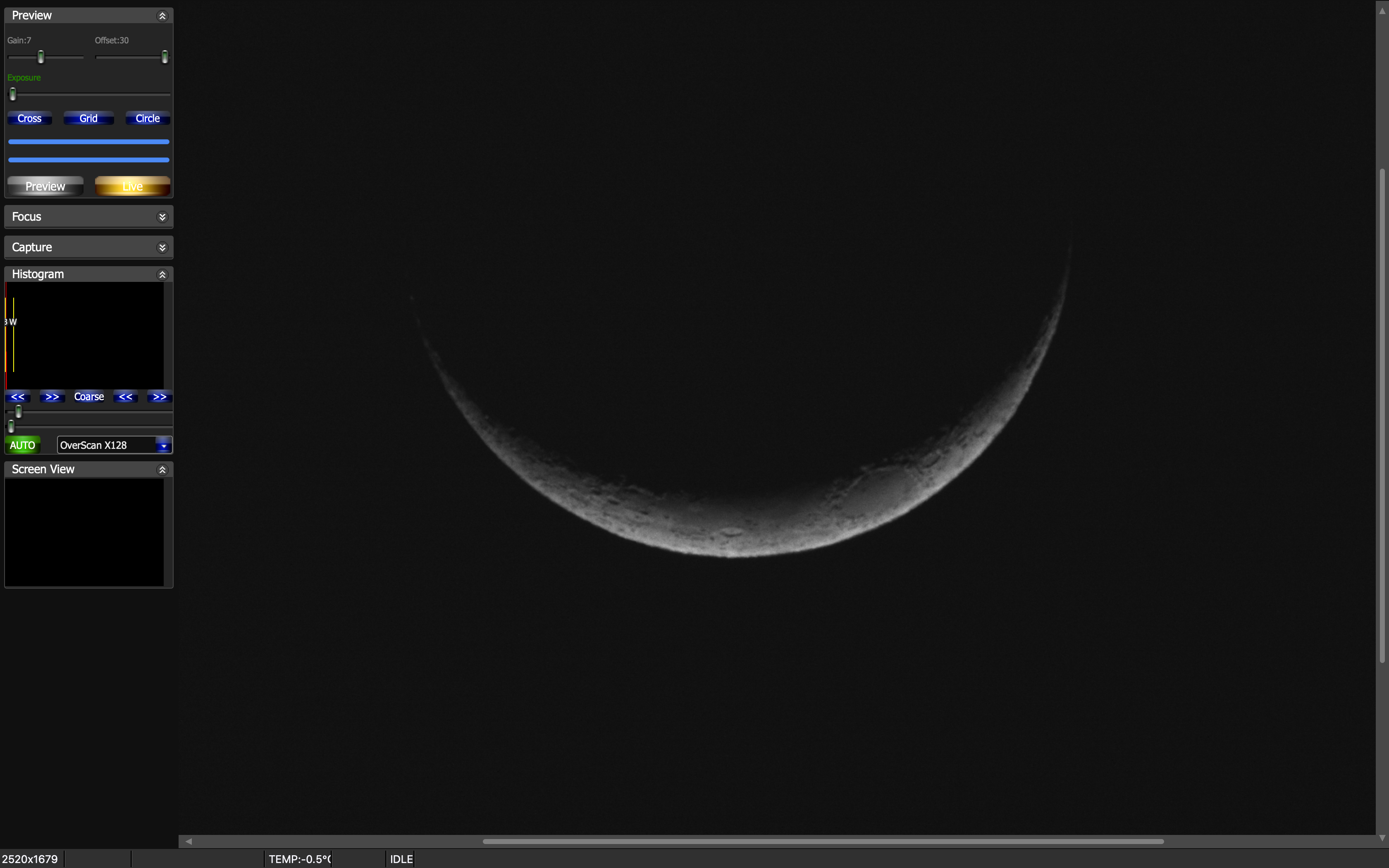
So despite the slight setback I polar aligned on the uneven ground and managed to get the scope pointing in the right direction. It took me a while to work out why it was not pointing at the objects when slewing with a perfect alignment, then I realised I had the location set incorrectly. A quick look at my GPS on my phone and I input the coordinates into The SkyX and the target was nearly spot on. I adjusted, performed a sync and then was able to slew continuously thought the night with the object in the FoV.
As I was challenged with no guider I could only take 2 minute images and if in the West low down then 1min. So I stetted for those 2 exposures along with 30 seconds for one particular object.
Below are the lost of targets I went after and imaged. I tried to get 15-20 minutes in total for each. We had some early night high cloud, the wind had again dyed down after sunset and although cold, we were both wrapped up warm, although later in the night Alan became cold so wrapped himself up in the dog blanket from the car ?
First up was M44 Beehive Open Cluster, which filled the view nicely so I took 20 x 60 seconds, careful not to saturate the stars. The QHY168C camera was set to Gain 7 and Offset 30 with a temperature of -20℃.
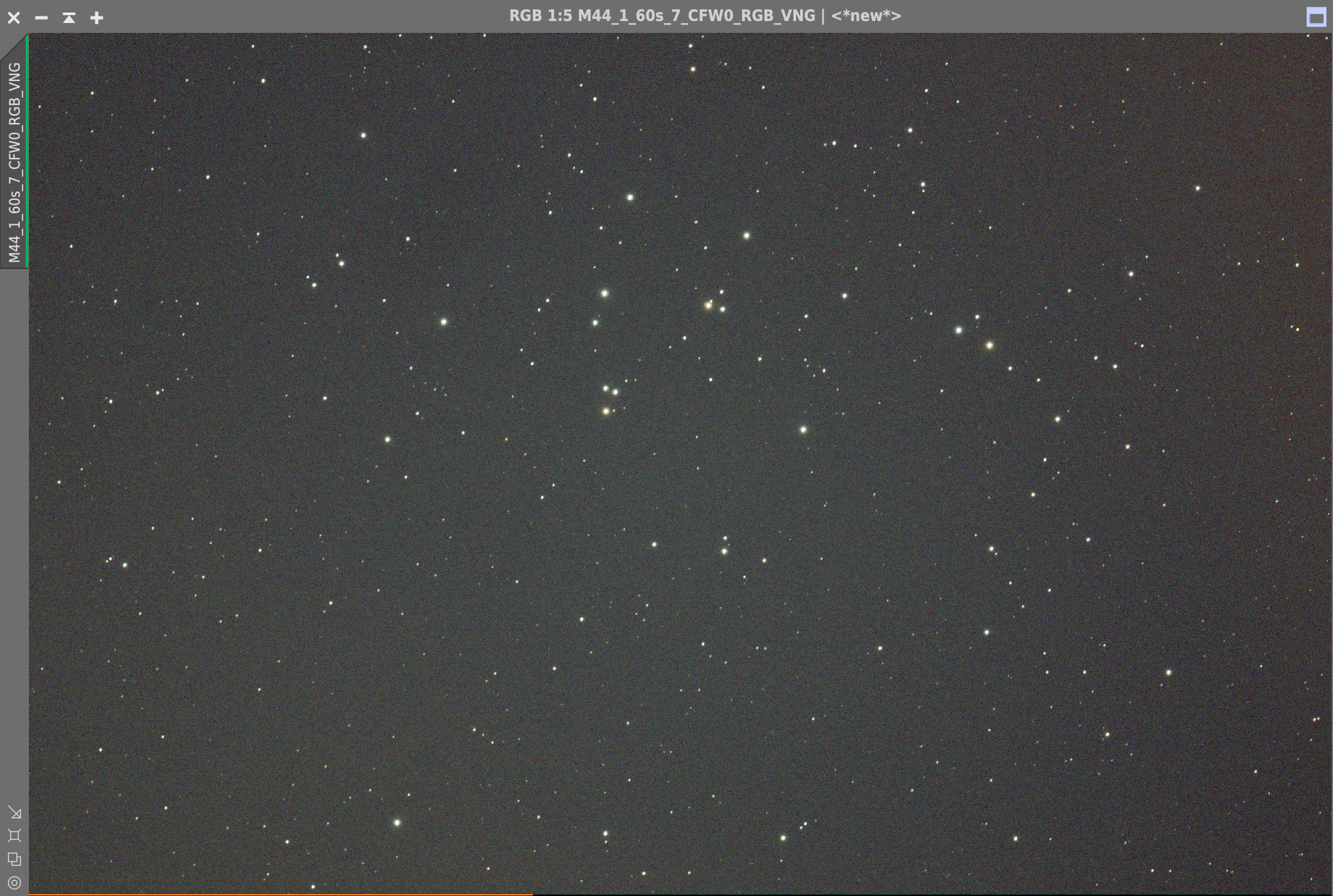
I then tried SH2-129 emission nebula but no luck, it was not registering at all at such short an exposure. I had a similar issue with SH2-155 Cave nebula. Both of these I will try again when I have my guider.
I then slewed to NGC 6888 Crescent nebula and took 20 subs of 120 seconds.

Next tried to image Trio in Leo M65, M66 and the NGC but I realised I had already imaged, although not processed and the image trailed at 1 minute due to its westerly location. So instead I headed for NGC 7243, a lovely Open Cluster in Lacerta and part of the Herschel 400 at 60 second exposure.
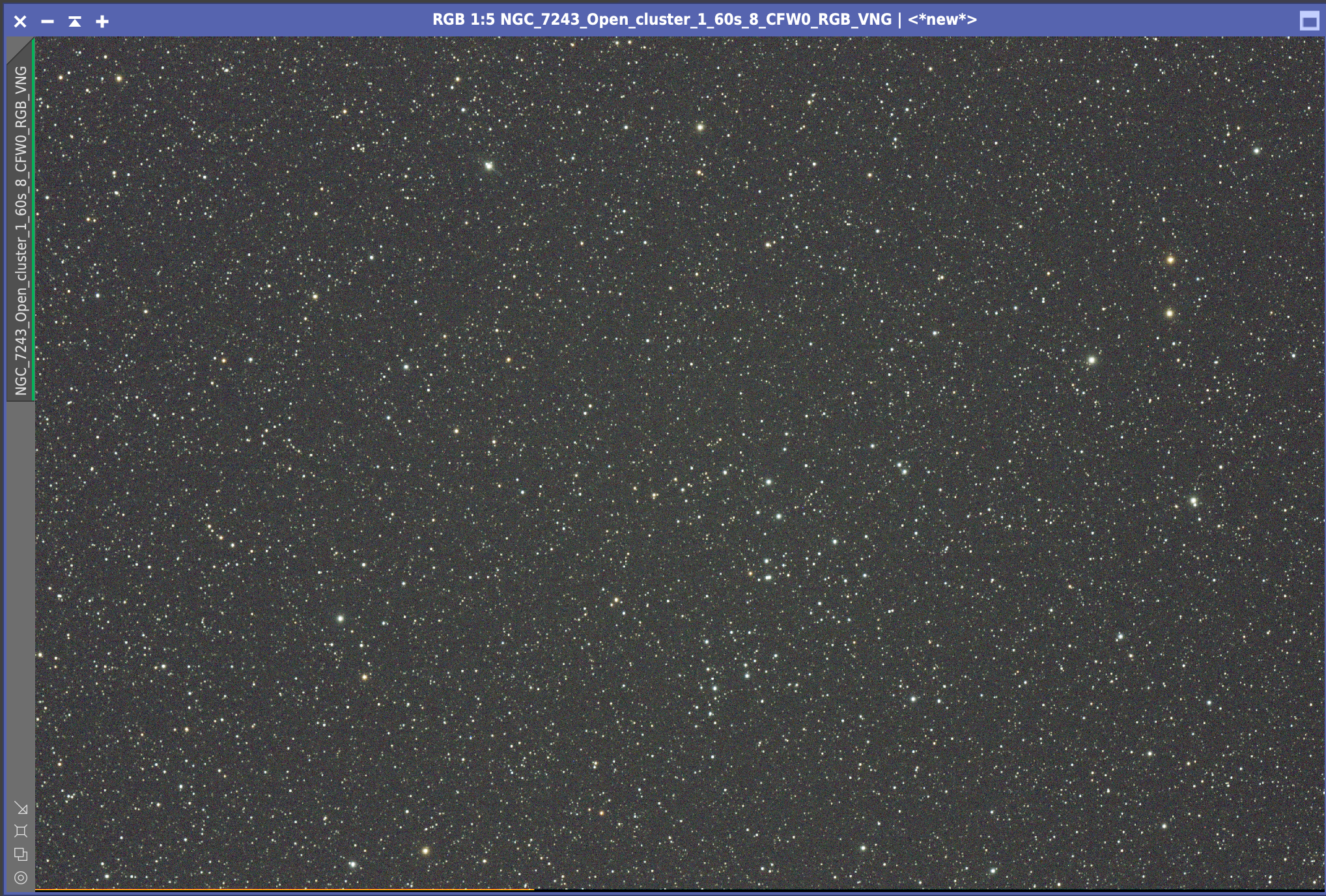
Next I looked at the double cluster in Perseus and decided to quickly take a few images with the Esprit 120 ED even though it was not on my original target list. Due to its bright stars I took 40 x 30 seconds.
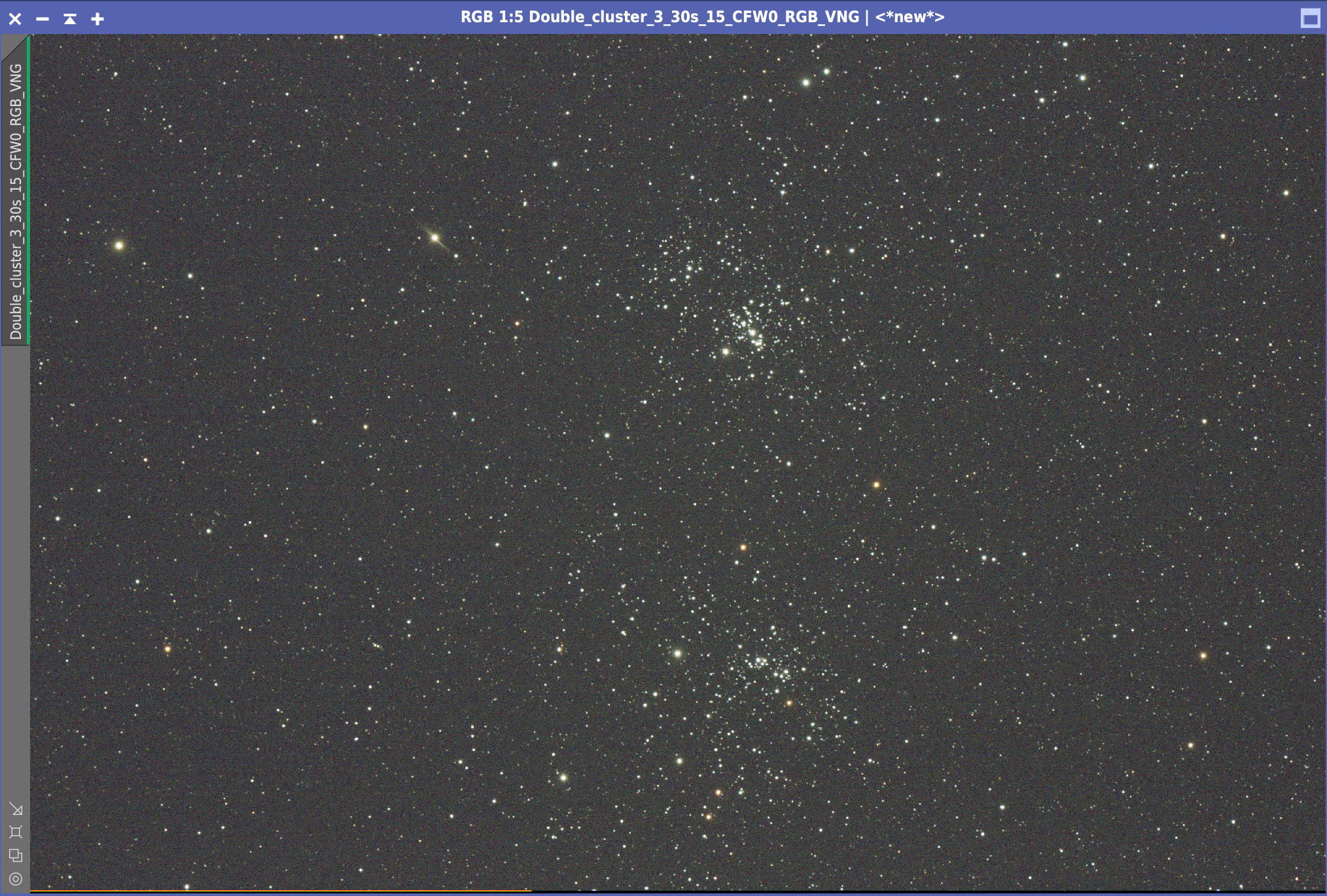
Now it was time to grab an image of Comet c/2017 T2 PANSTARRS which was located near a galaxy called the Coddington Nebula. I purposely got the comet at the very edge of the frame to get the galaxy in, although I noticed the tail was pointing in the opposite direction than shown on Sky Safari.
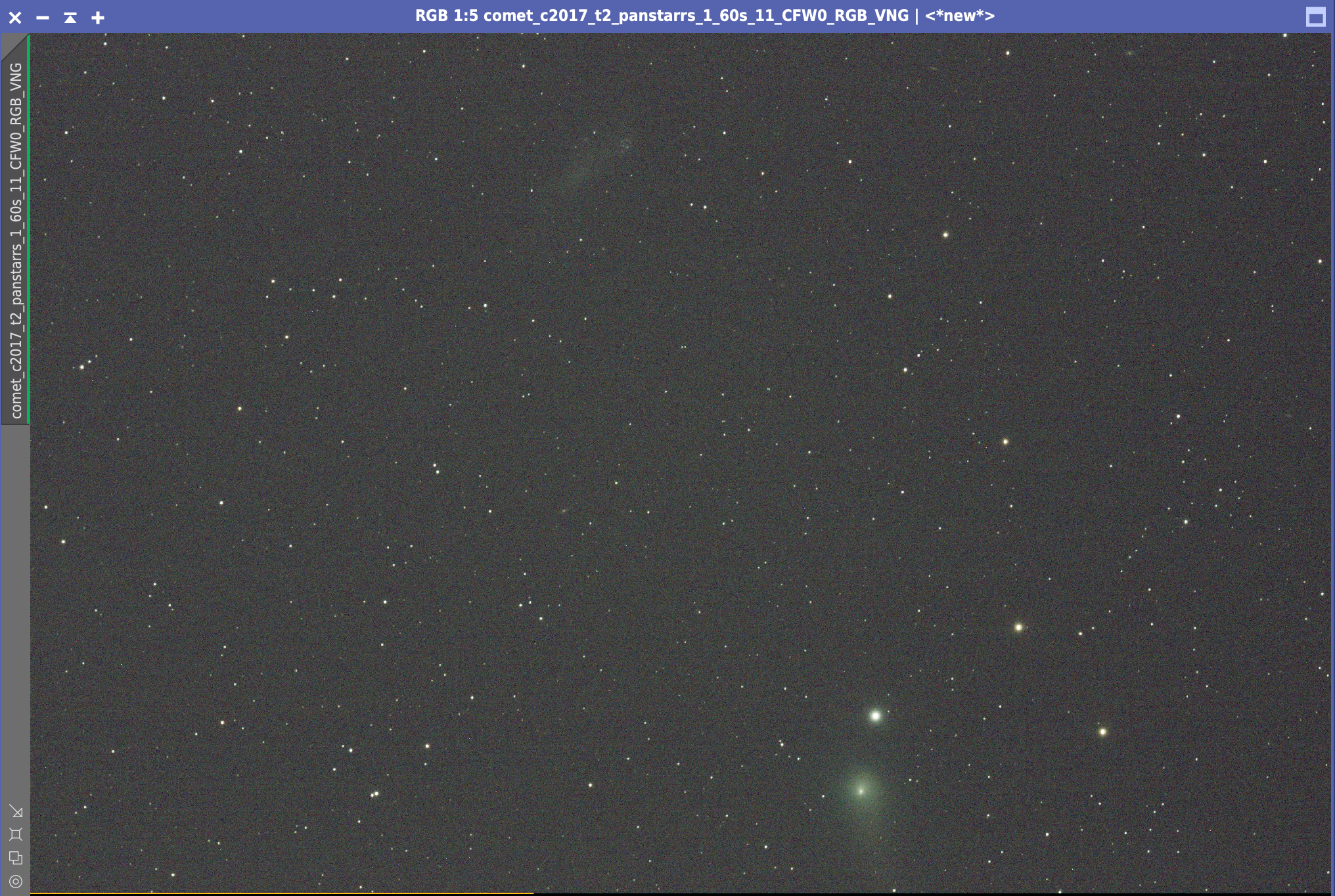
The night wass really dark, even though it is not true astronomical darkness, the location really helps. The image quality is also much better. I slewed to NGC 7000 the North American nebula that Alan was also imaging. Again 60 seconds was probably not long enough so I need to come back to this object when I get my guide camera fitted.
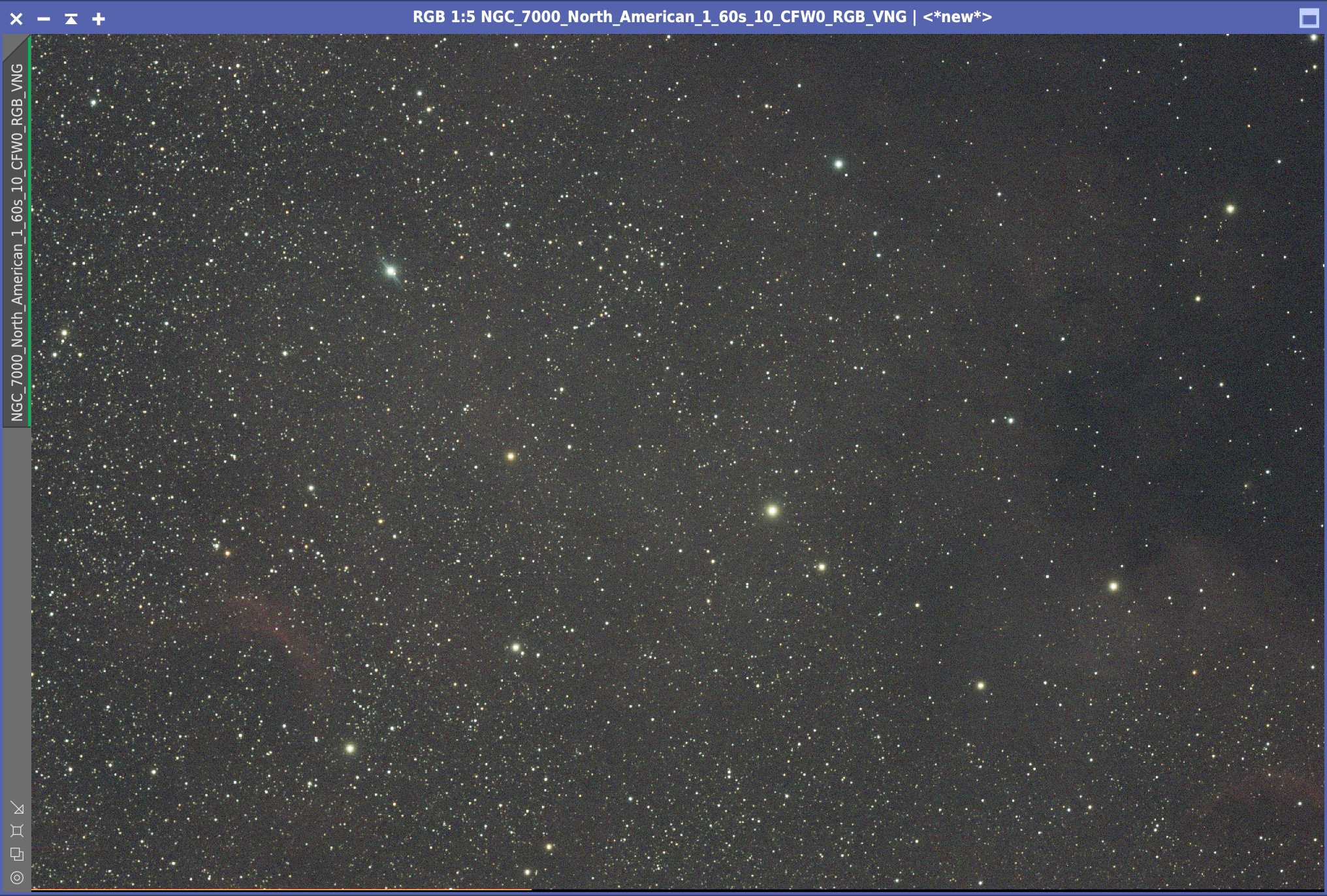
Finally just as dawn was approaching and the light was clearly increasing, I took a few images of Comet C/2020 F8 SWAN to see if I could see it. Was was apparent was it was super faint even at 60 seconds !
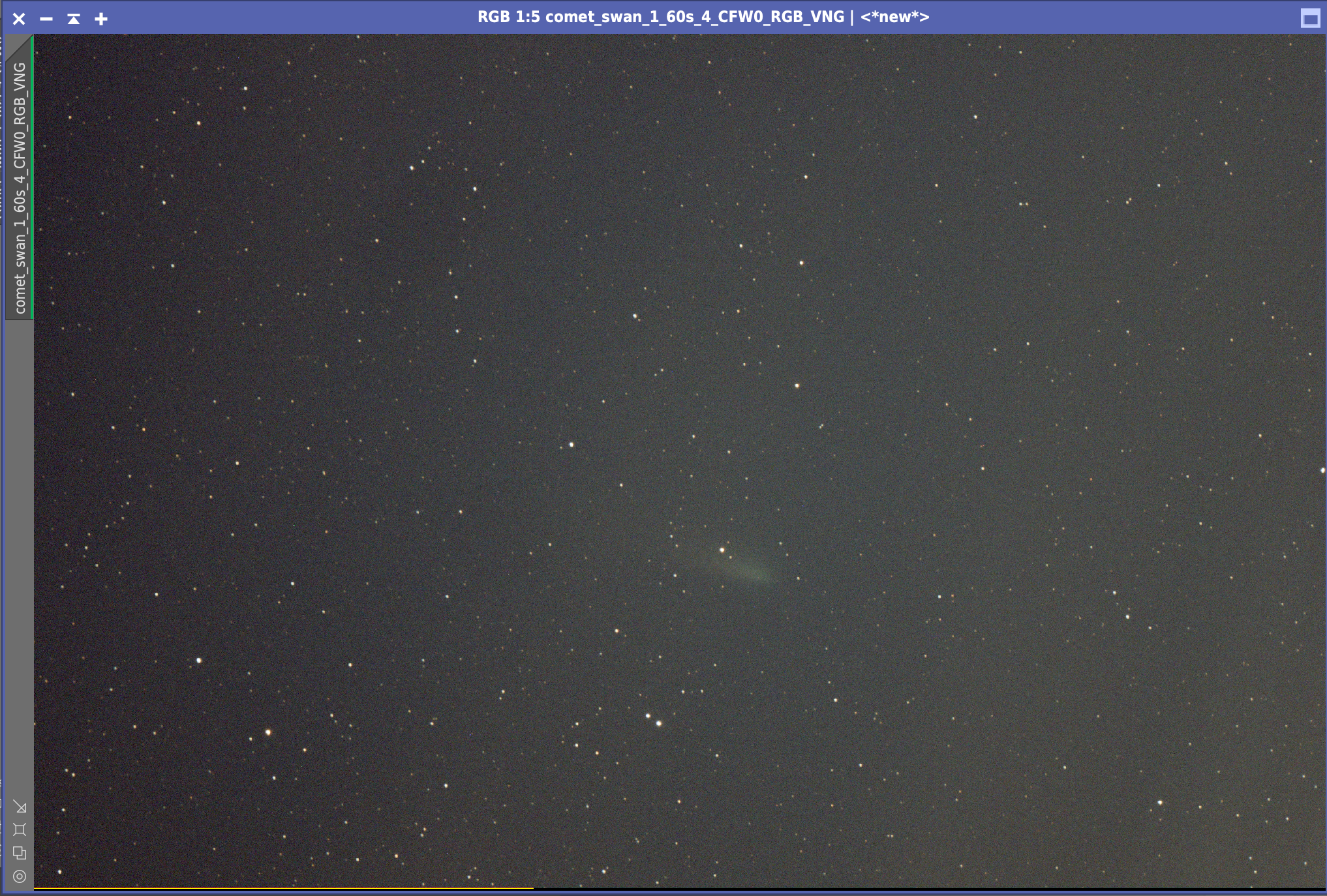
So as dawn approached, Alan and I took flats, darks and flat darks.
During the night we viewed through the 4″ binoculars the Moon, Venus, Mercury, Double cluster, M39 Open cluster, M57 Ring Nebula, Alberio, M56 Globular Cluster, Saturn and Jupiter. Unfortunately I packed up the binoculars before I remembered Mars was up ! So packed up the car, ands drove very tired 50 minutes home.












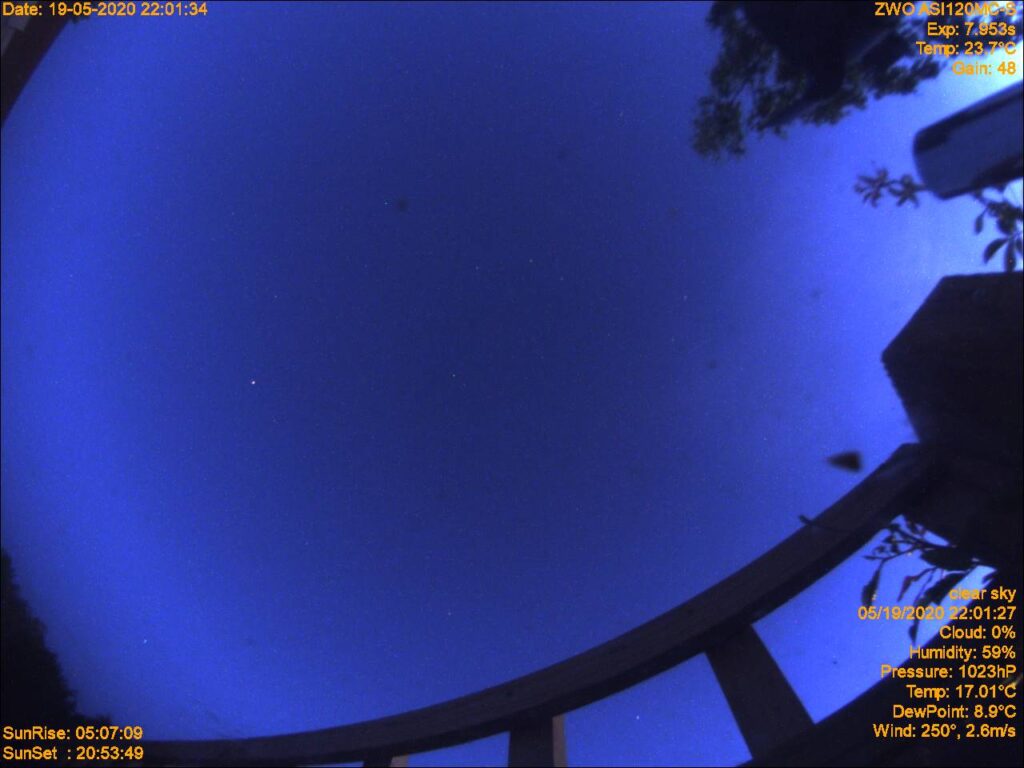
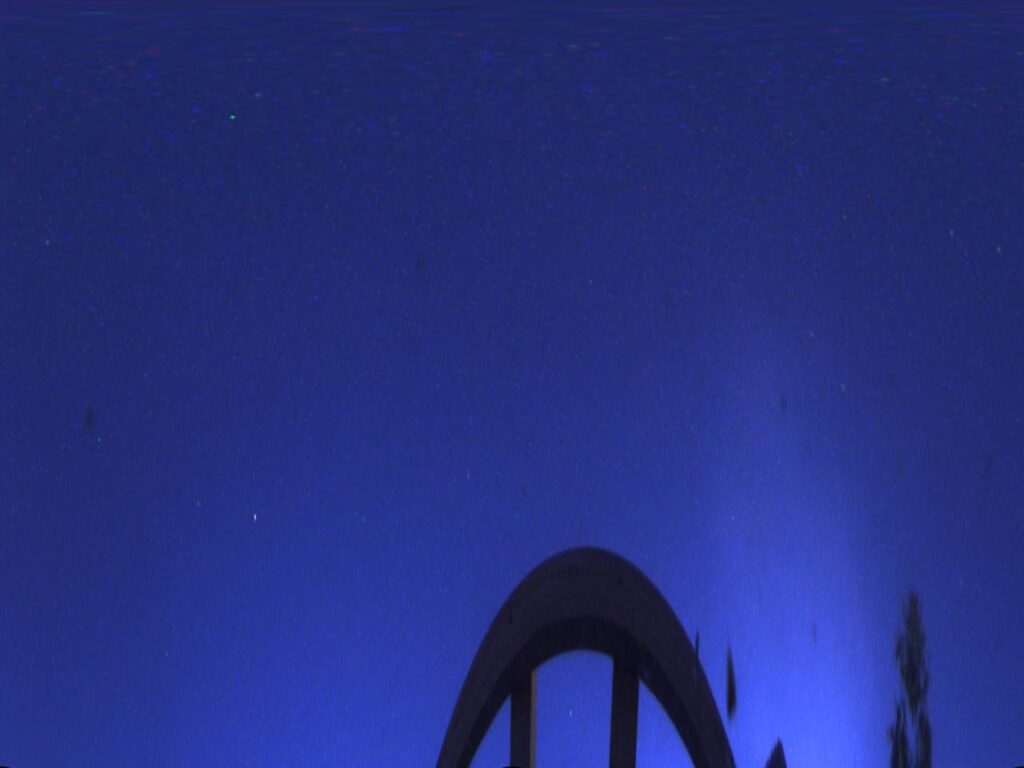
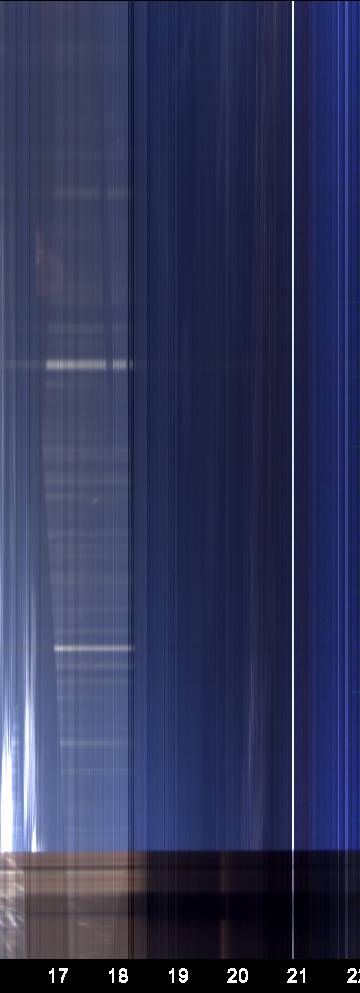
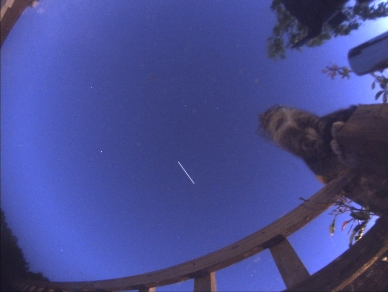

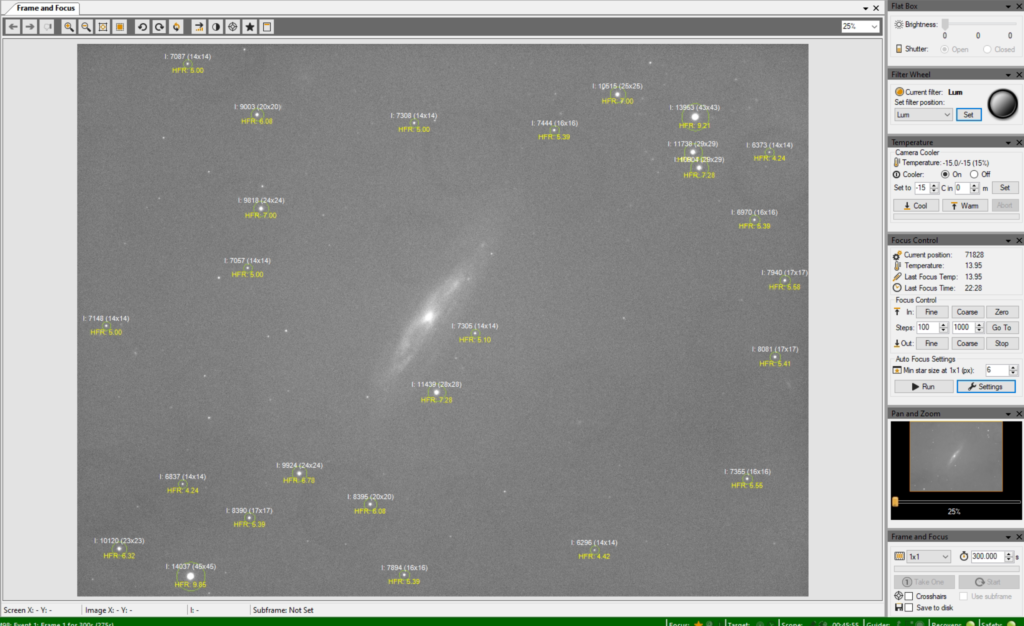
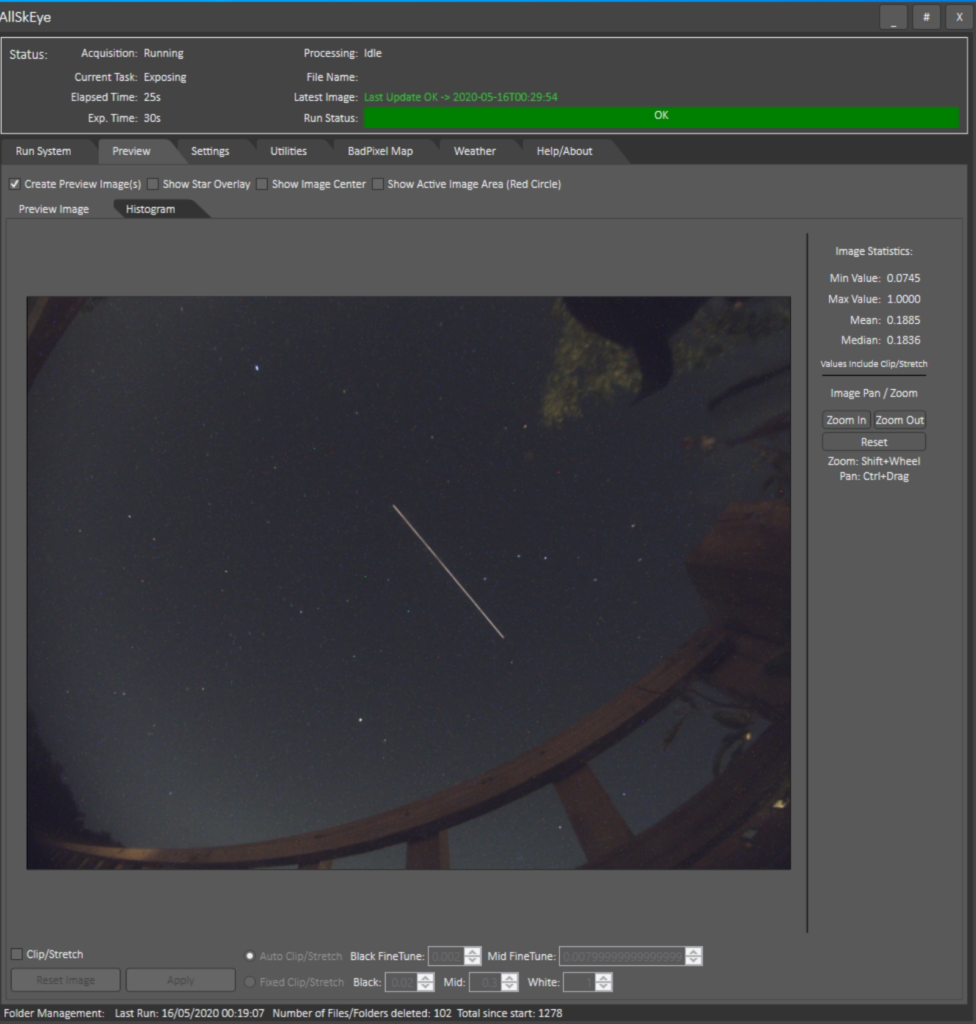
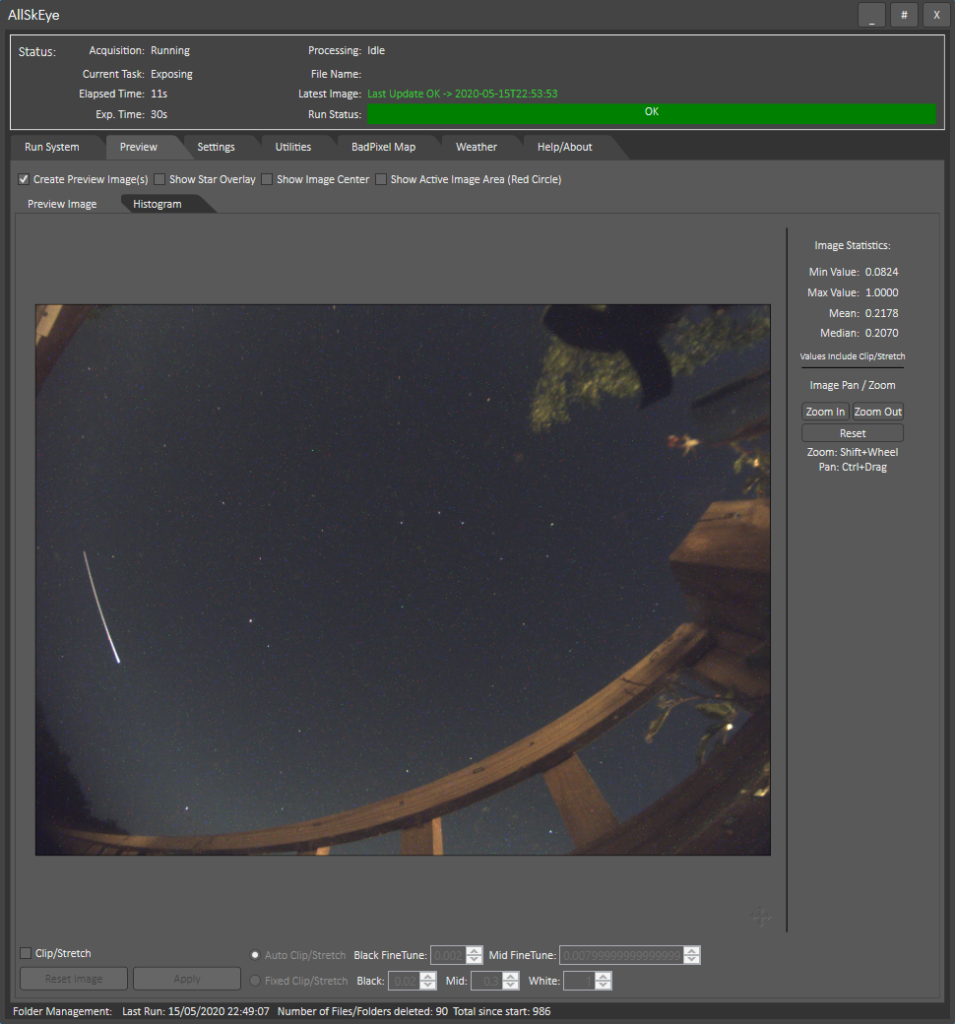
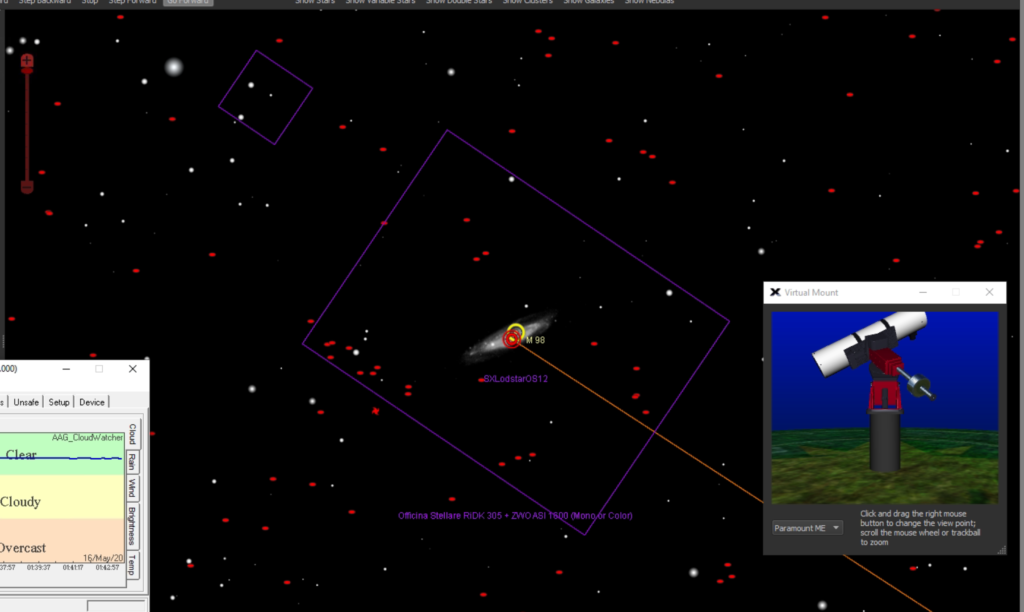
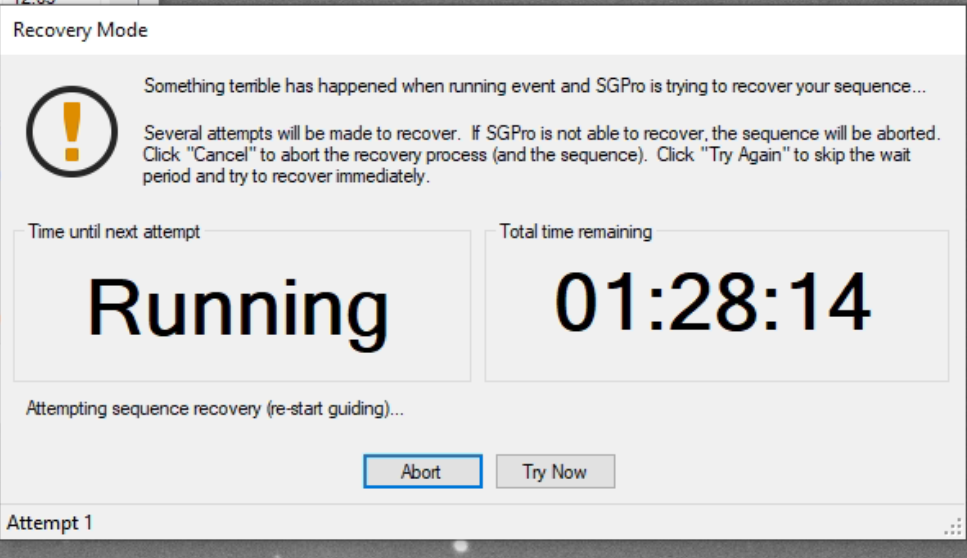
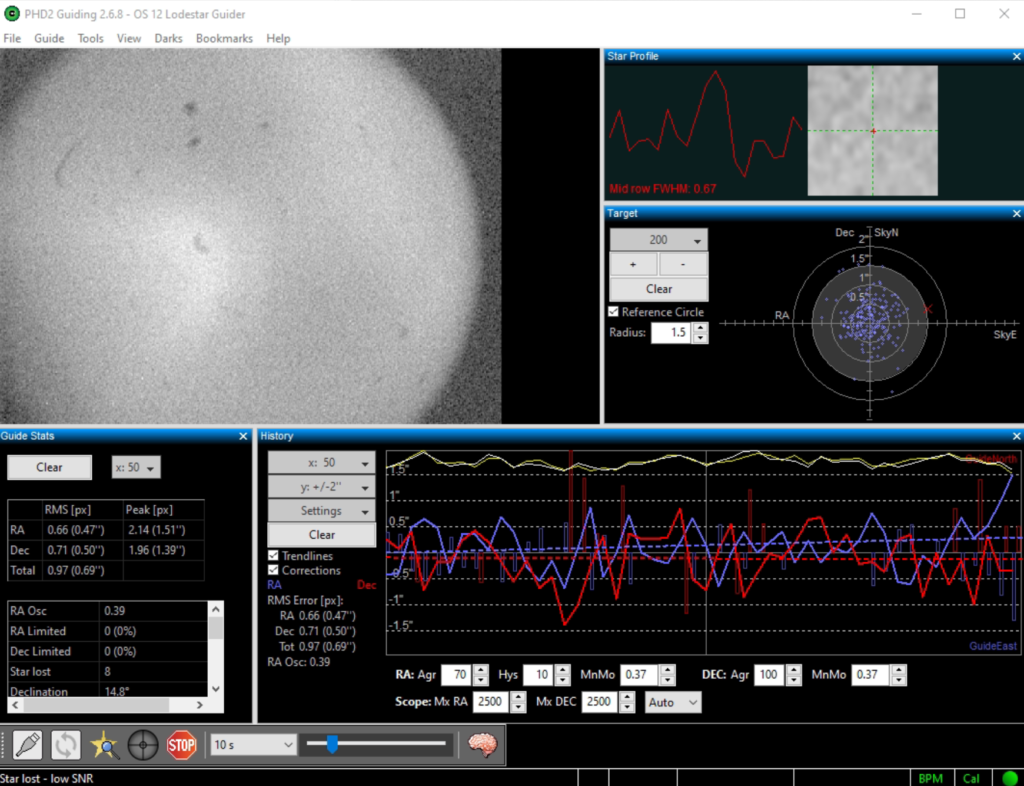

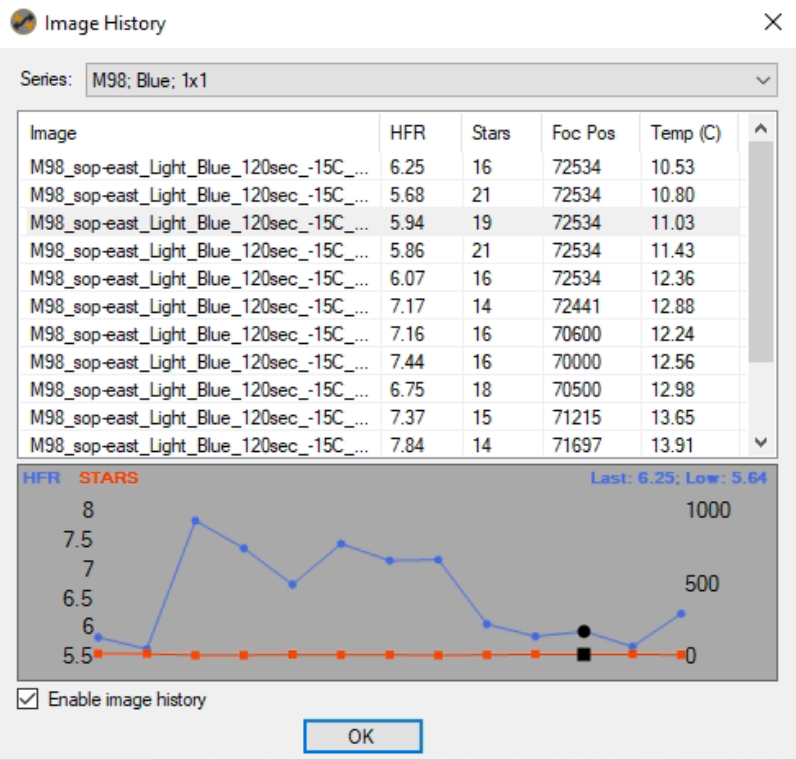
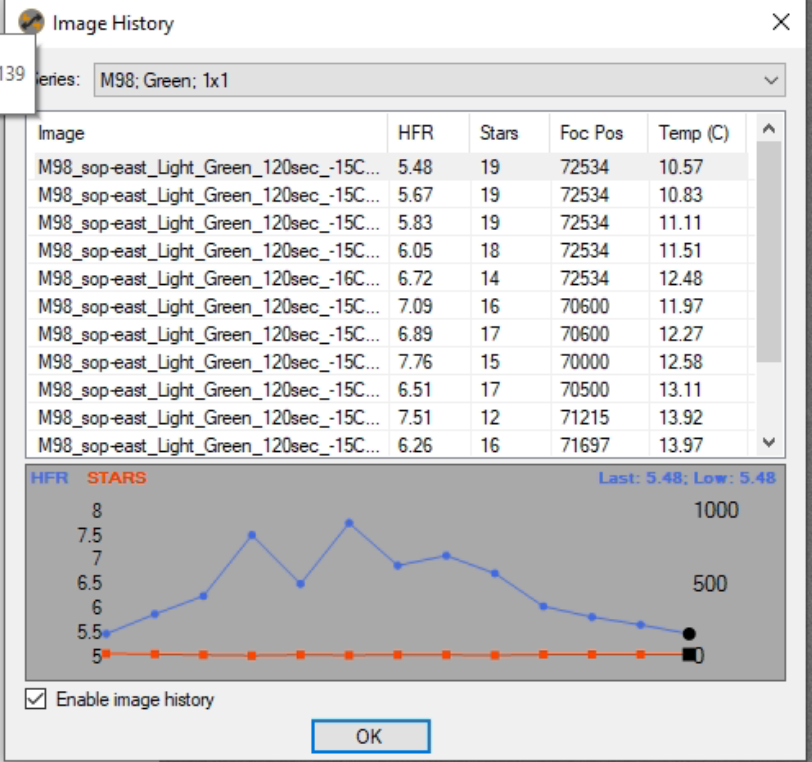
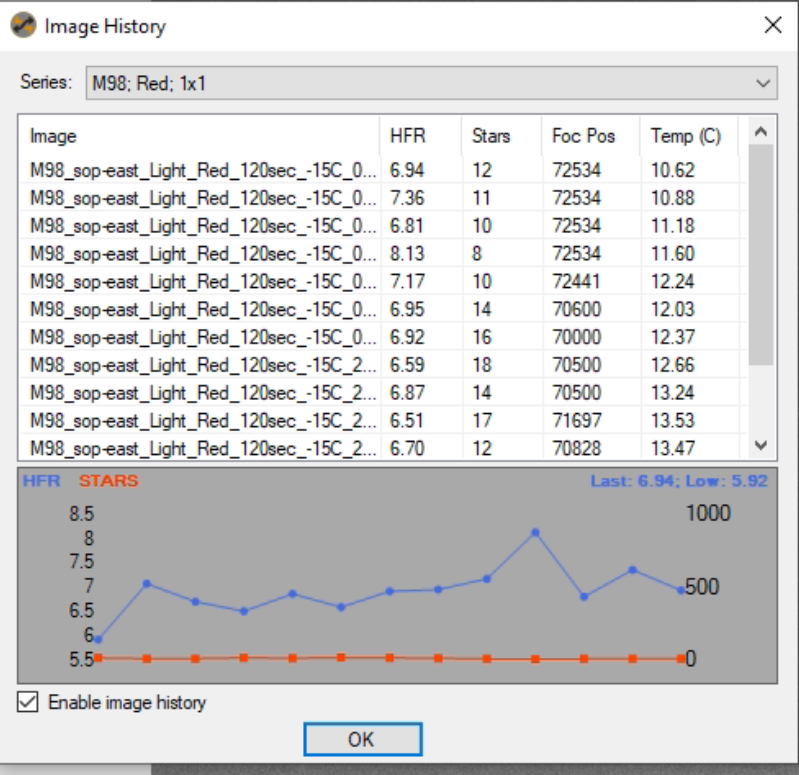
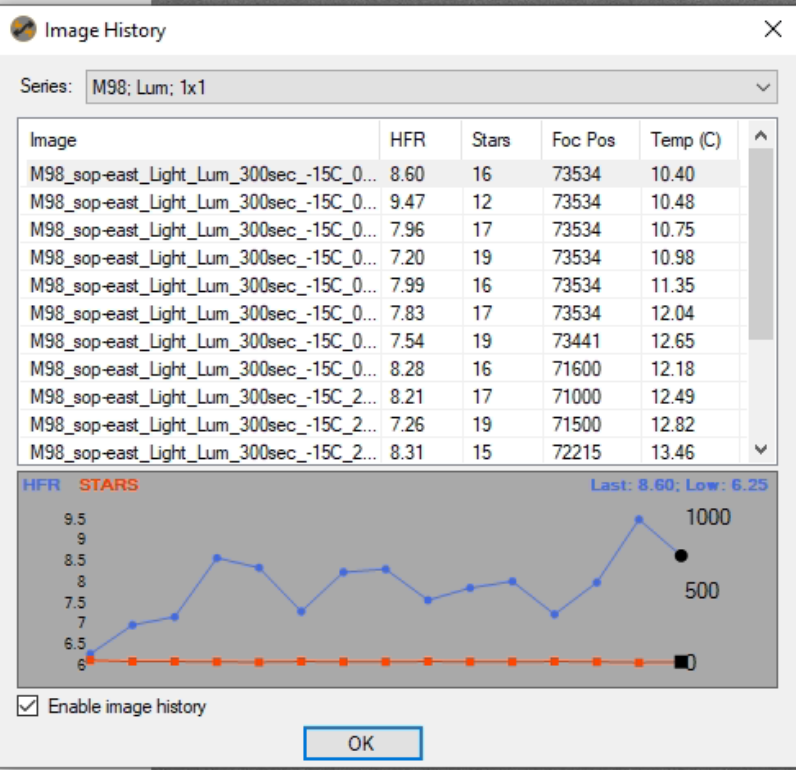
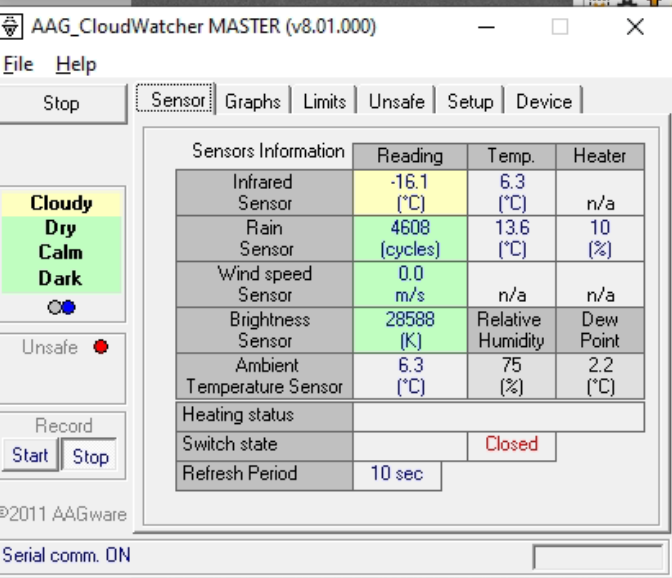

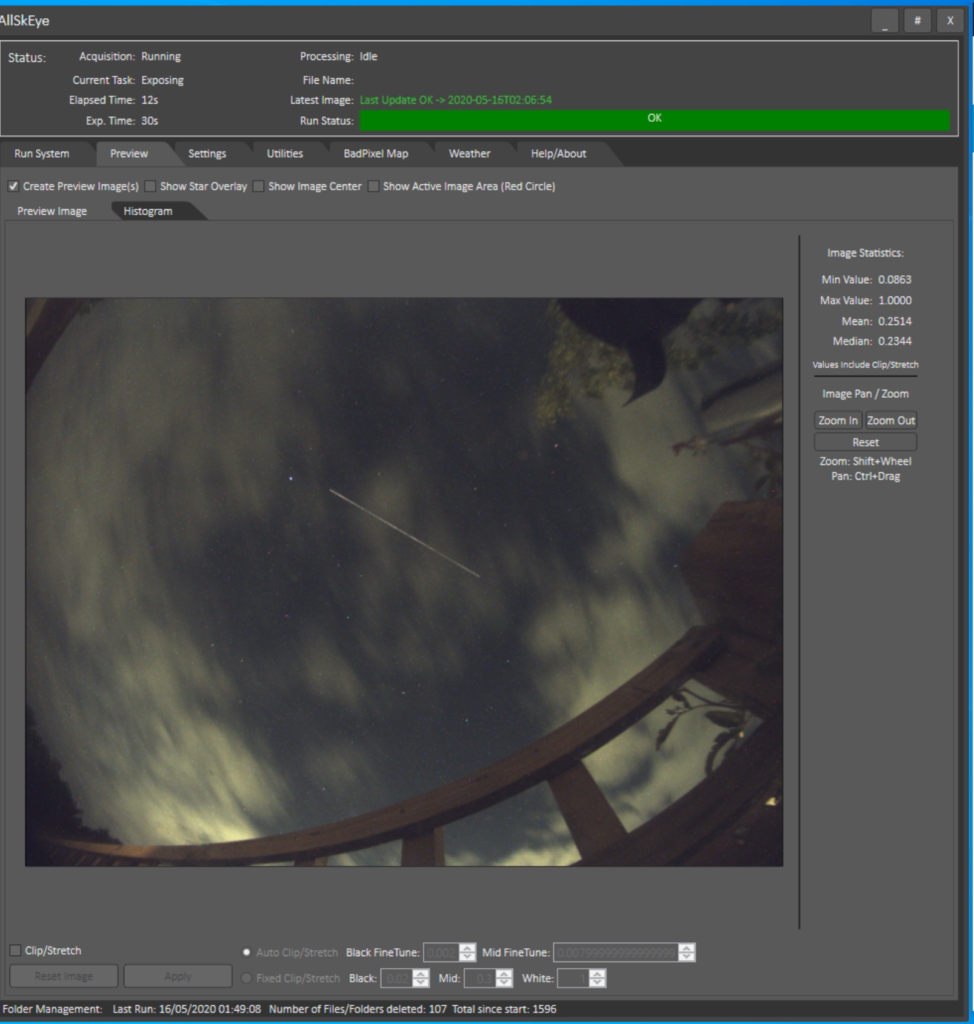
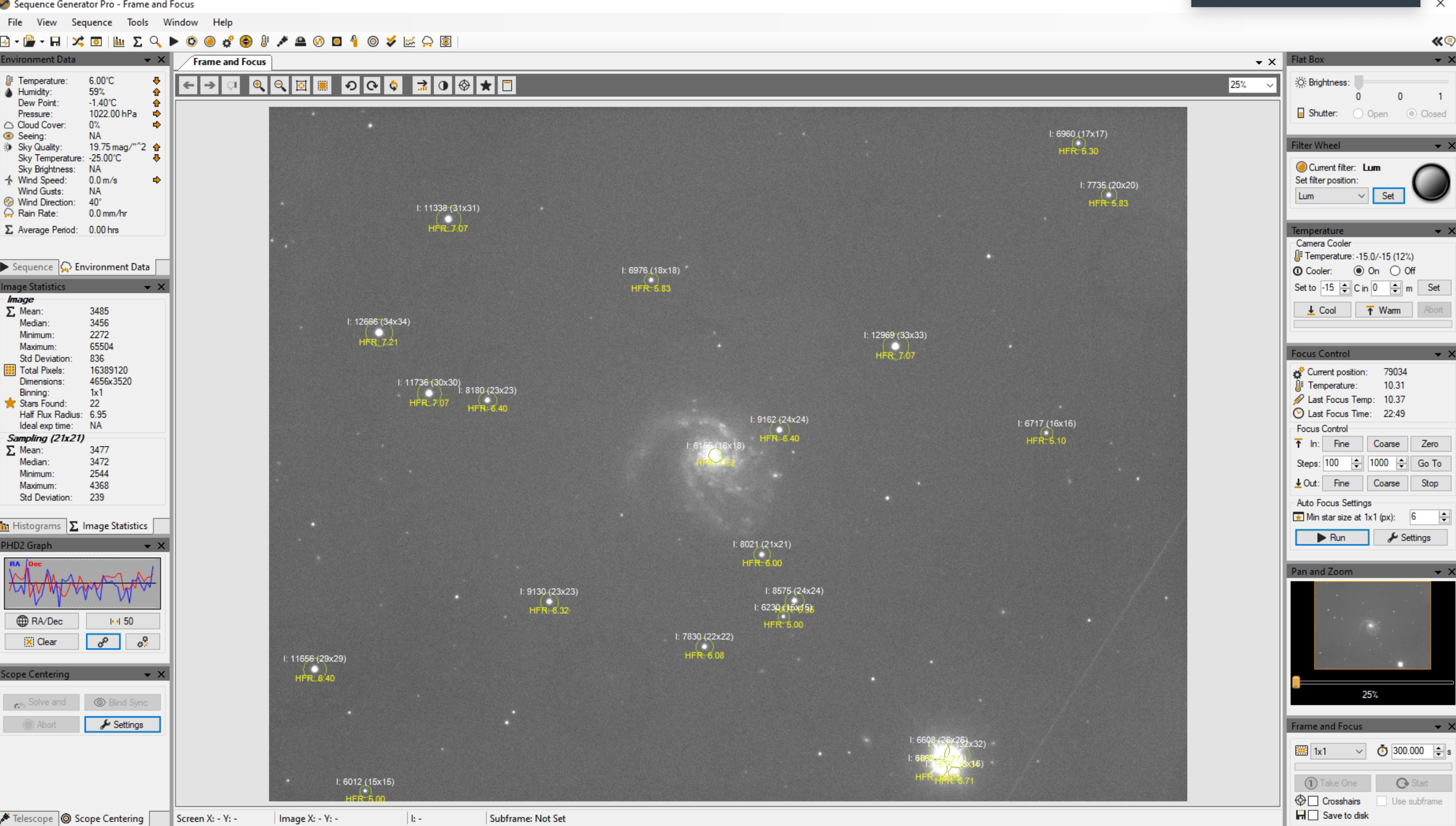

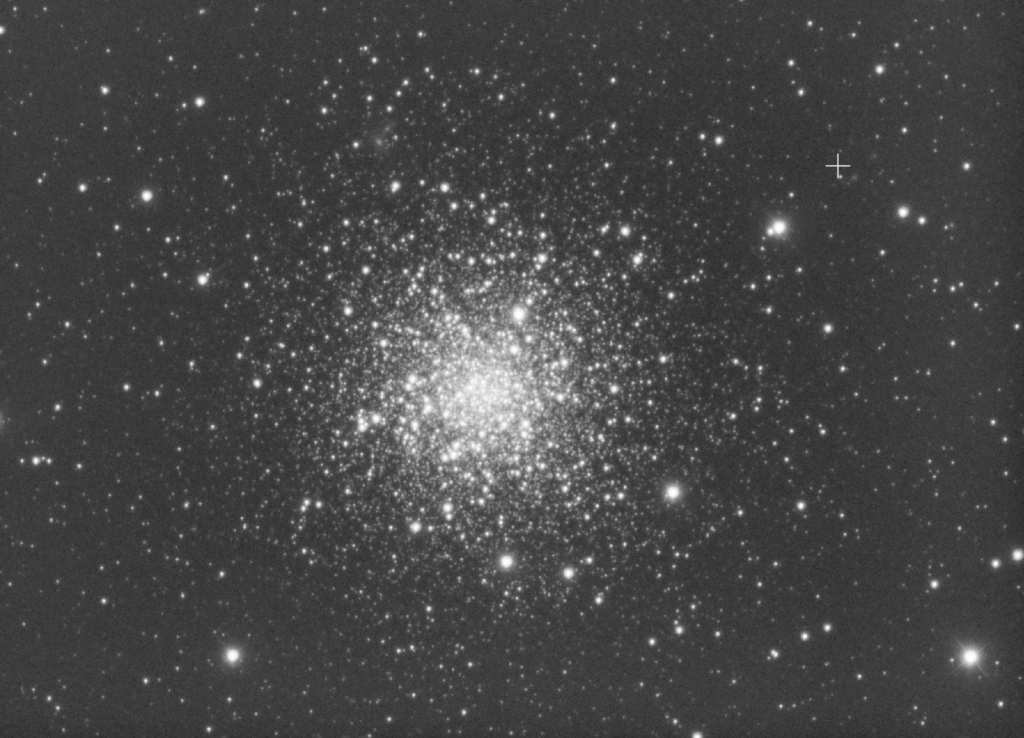
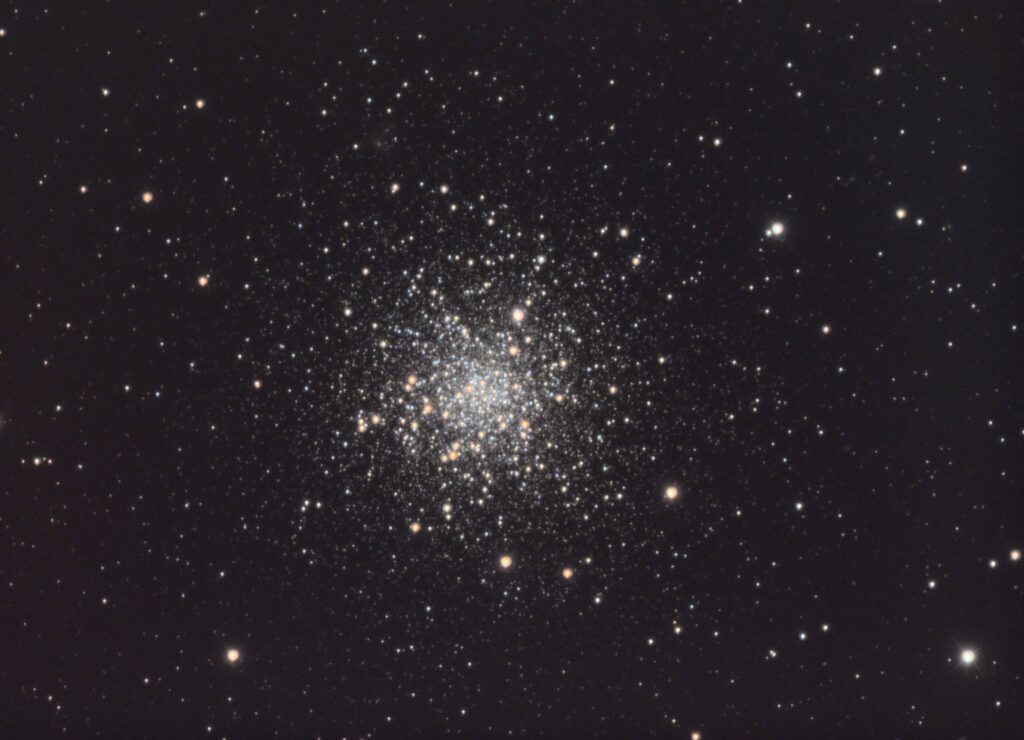
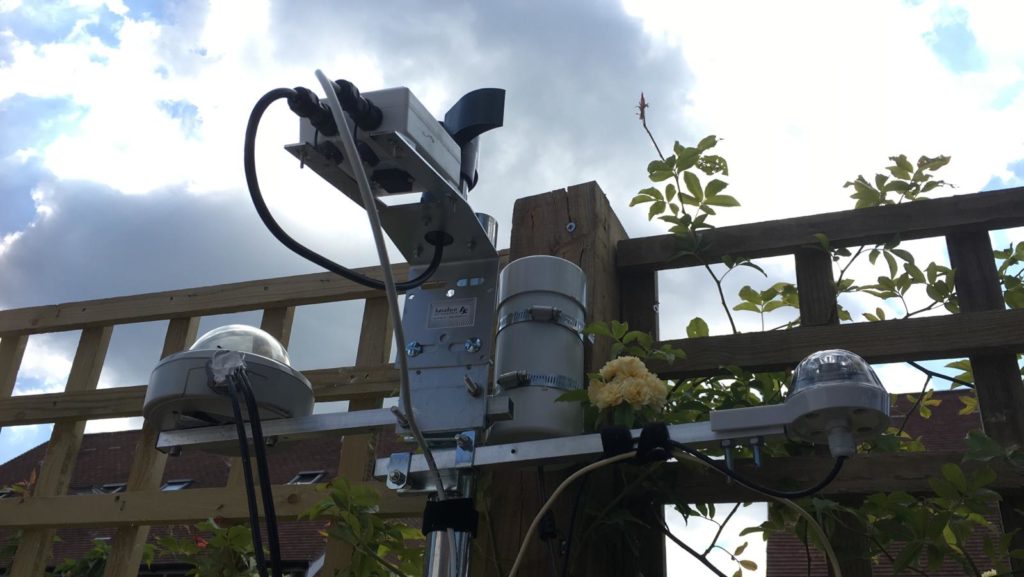

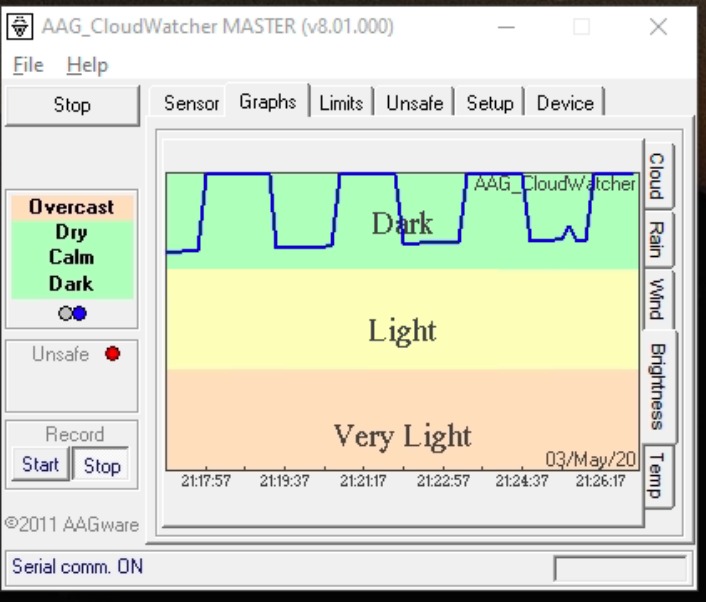
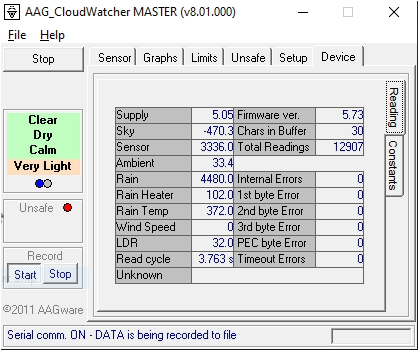
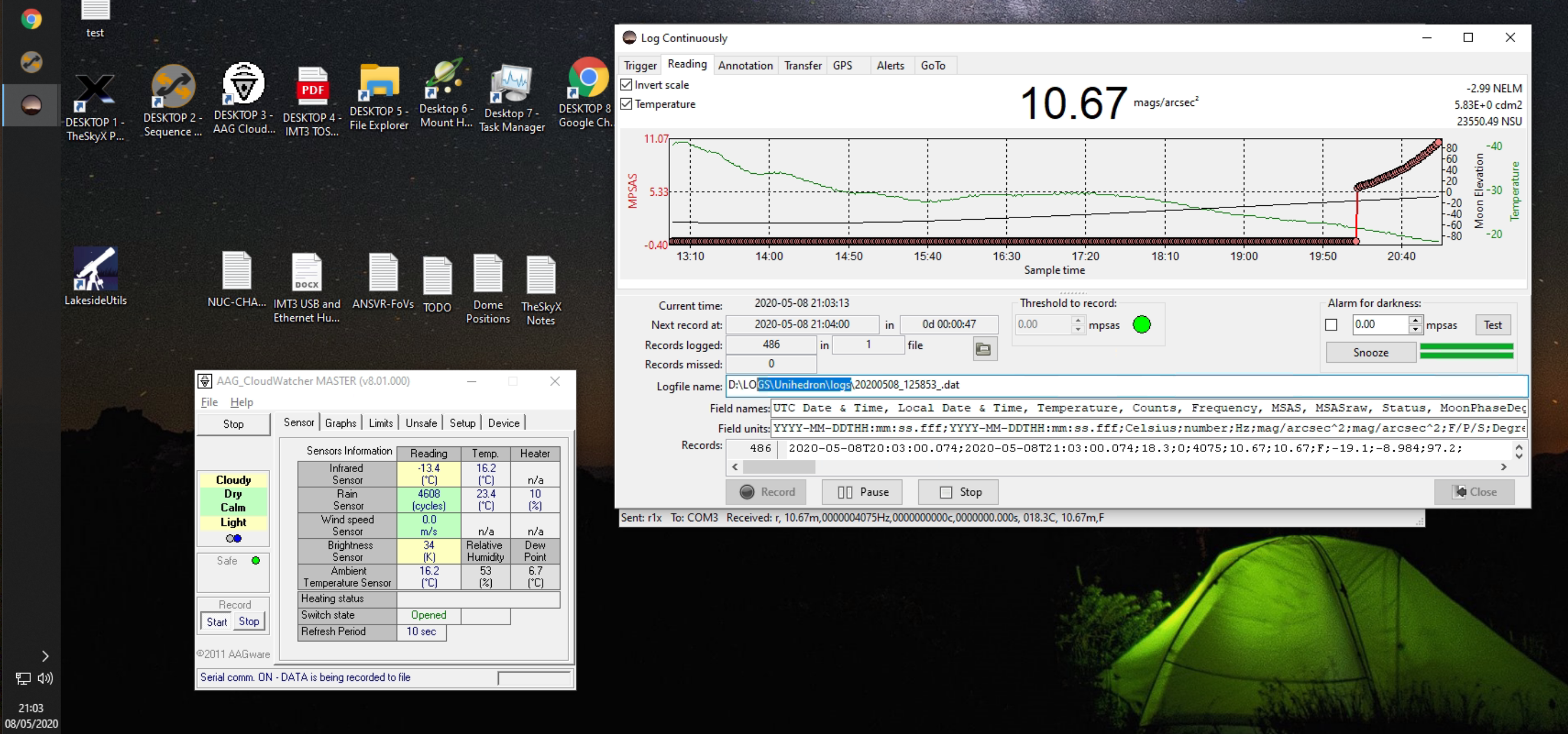
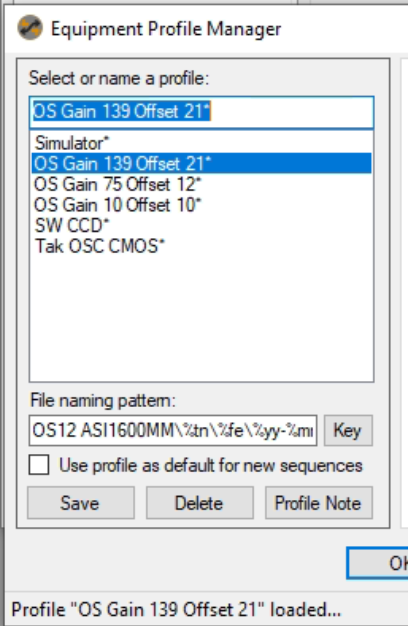

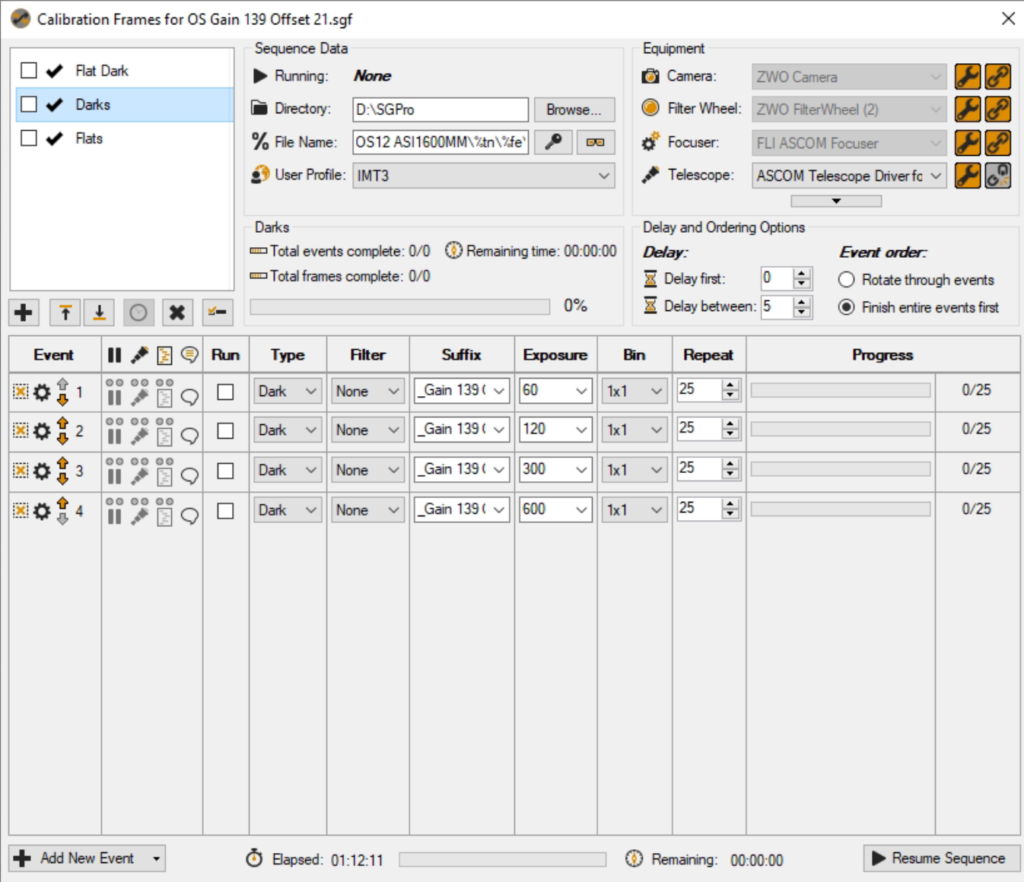
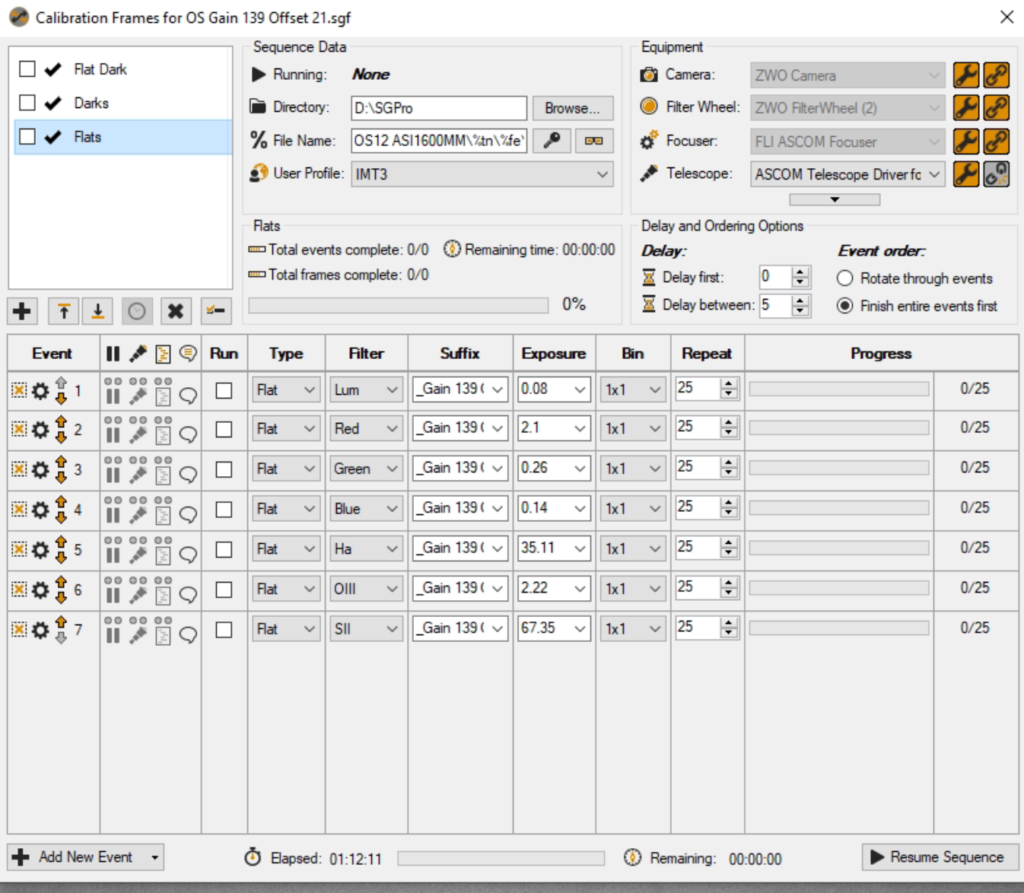

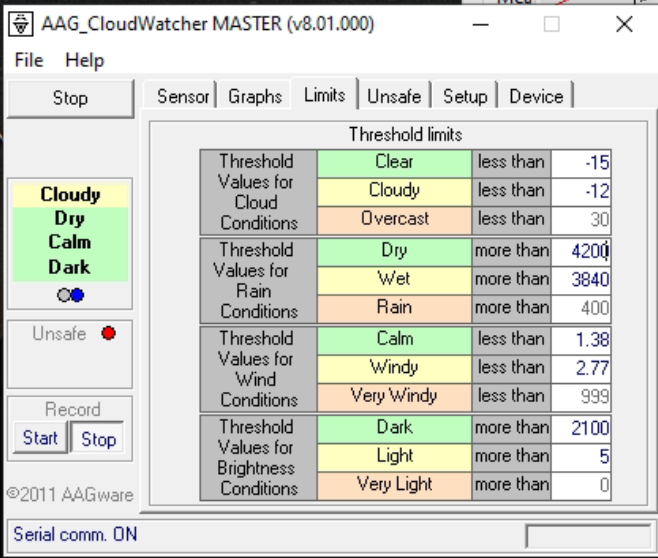
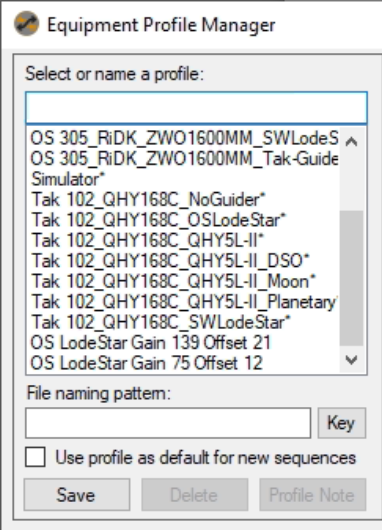
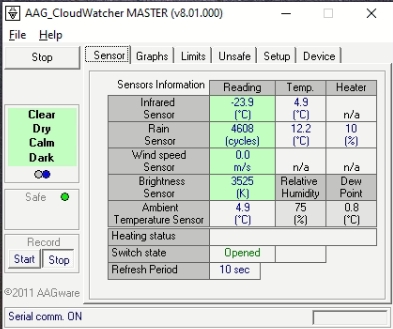
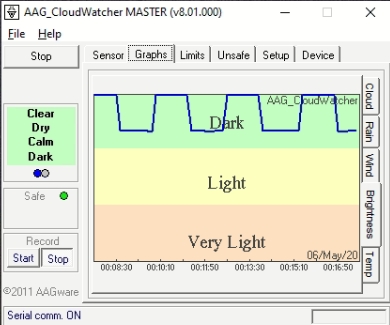
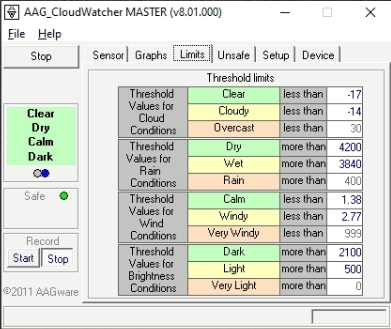
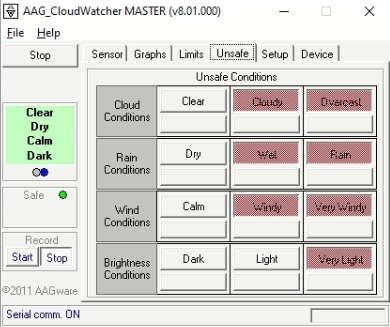
 .
.